The videogame voice actors' strike officially ends as performers ratify agreement between SAG-AFTRA and publishers
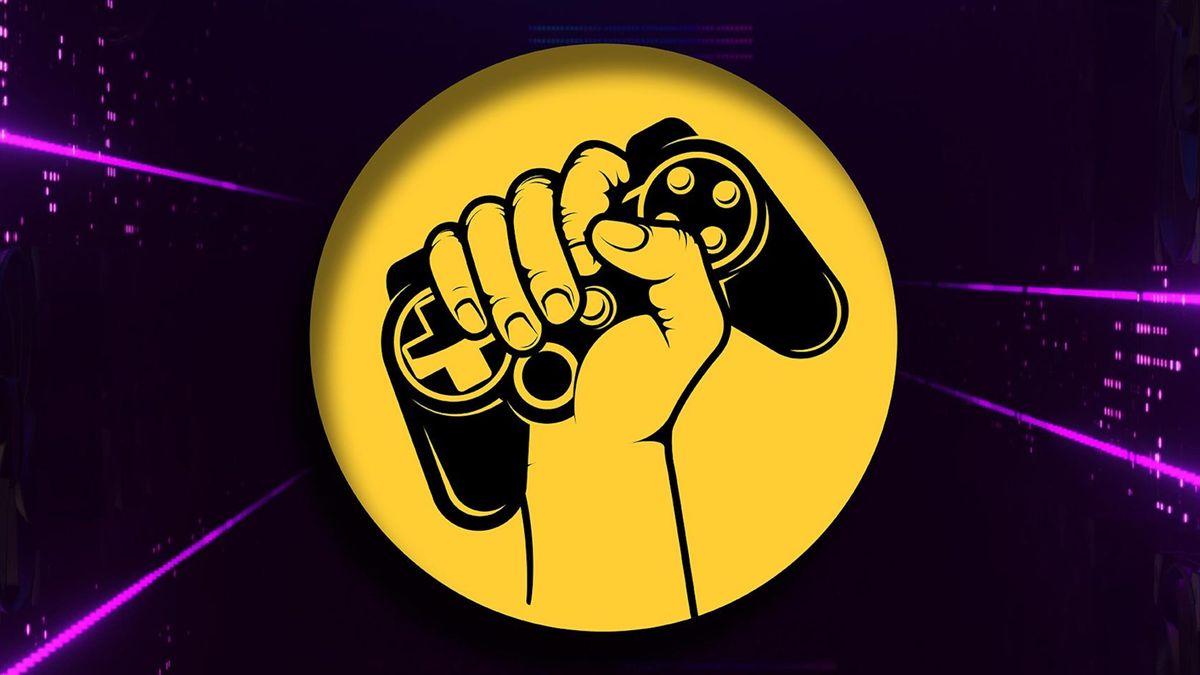
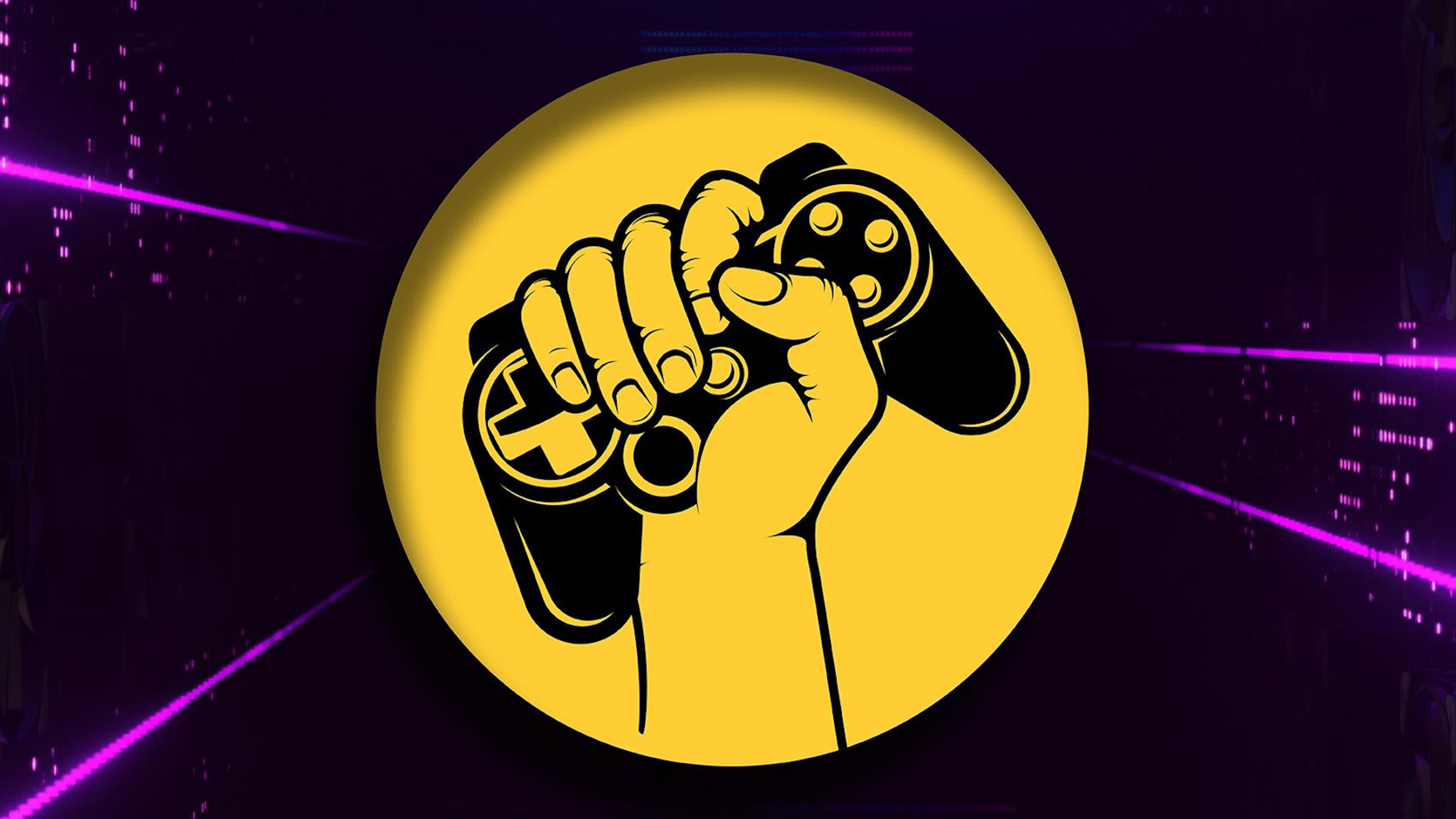
© SAG-AFTRA


© SAG-AFTRA
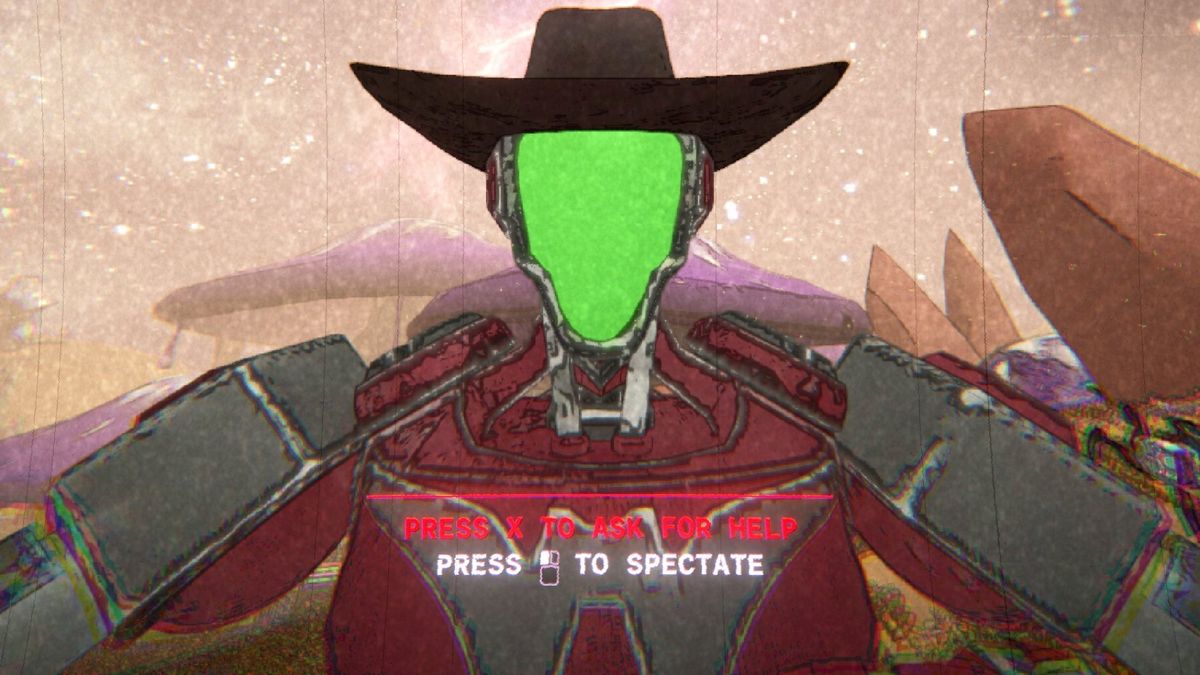
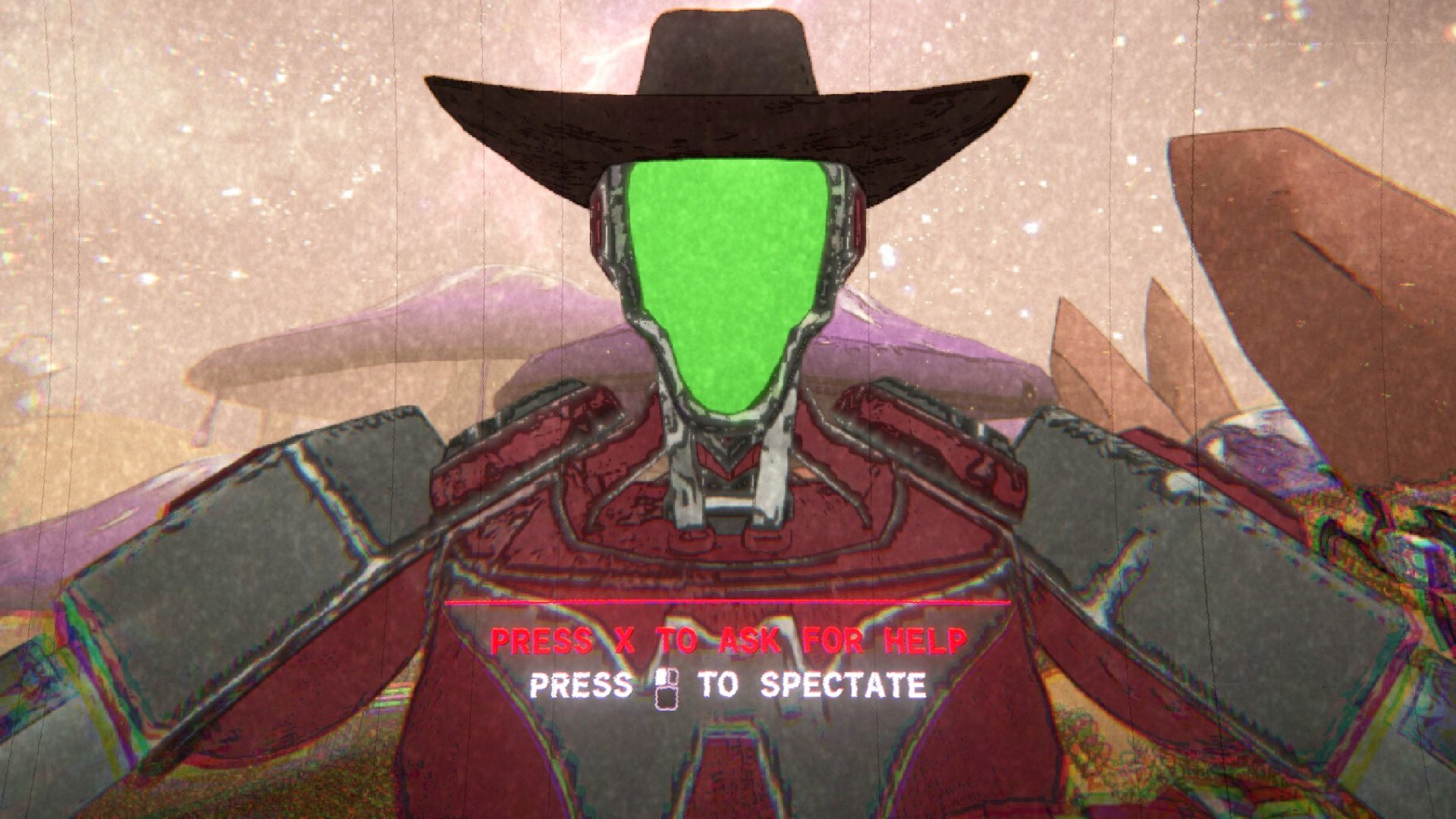
© Devolver Digital
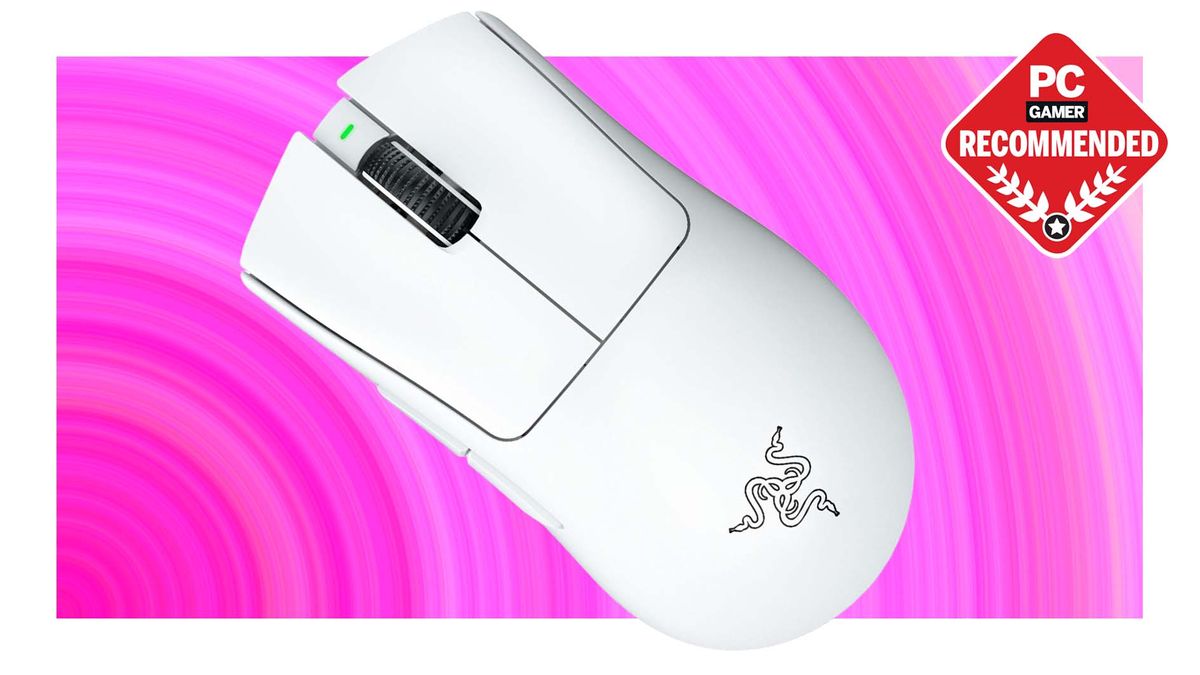
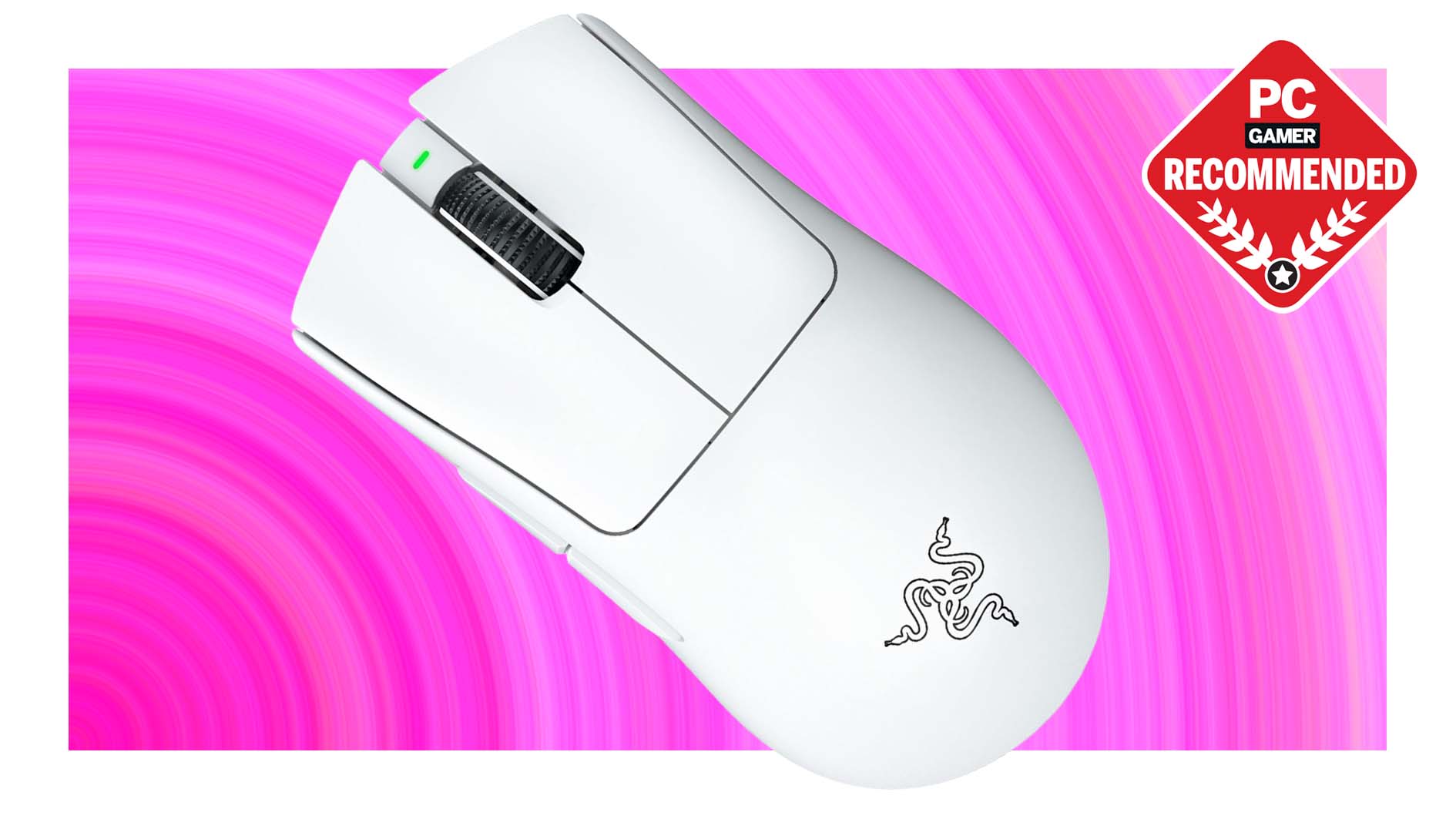
© Razer
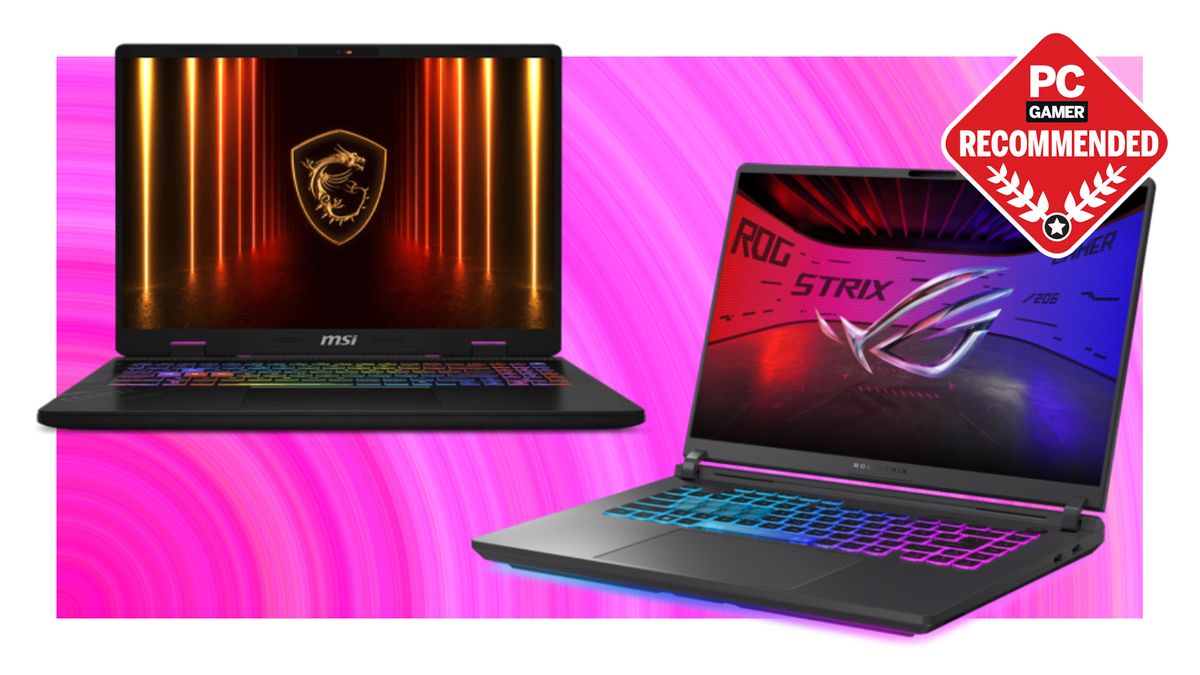
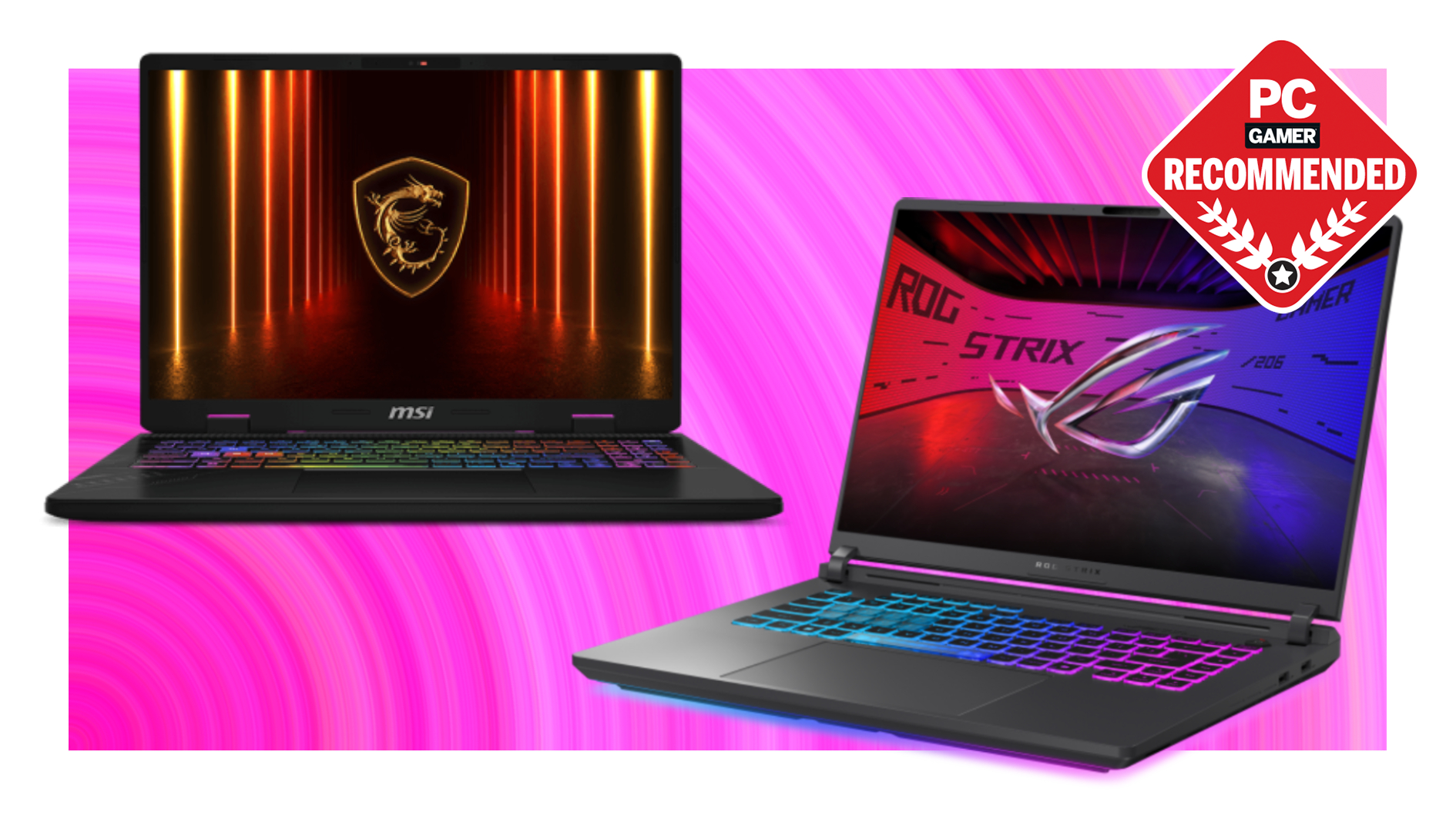
© MSI, Asus
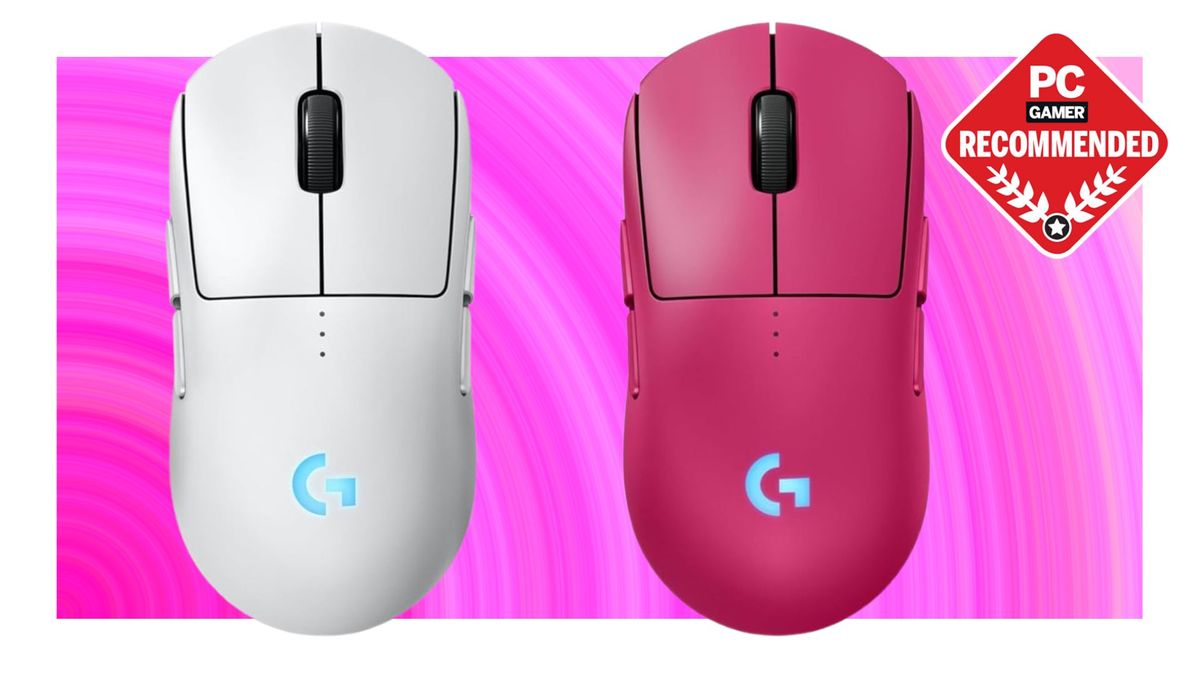
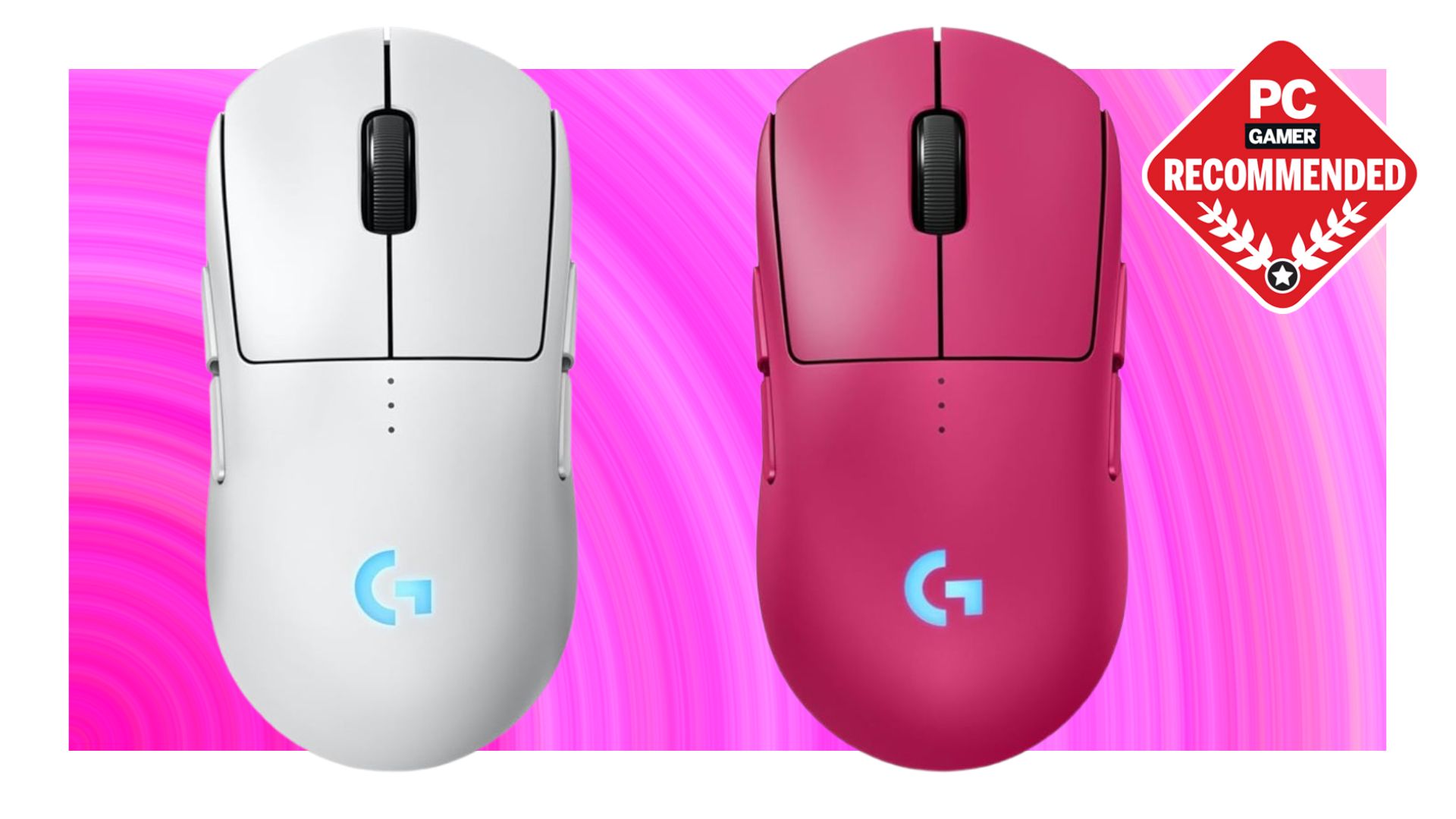
© Logitech
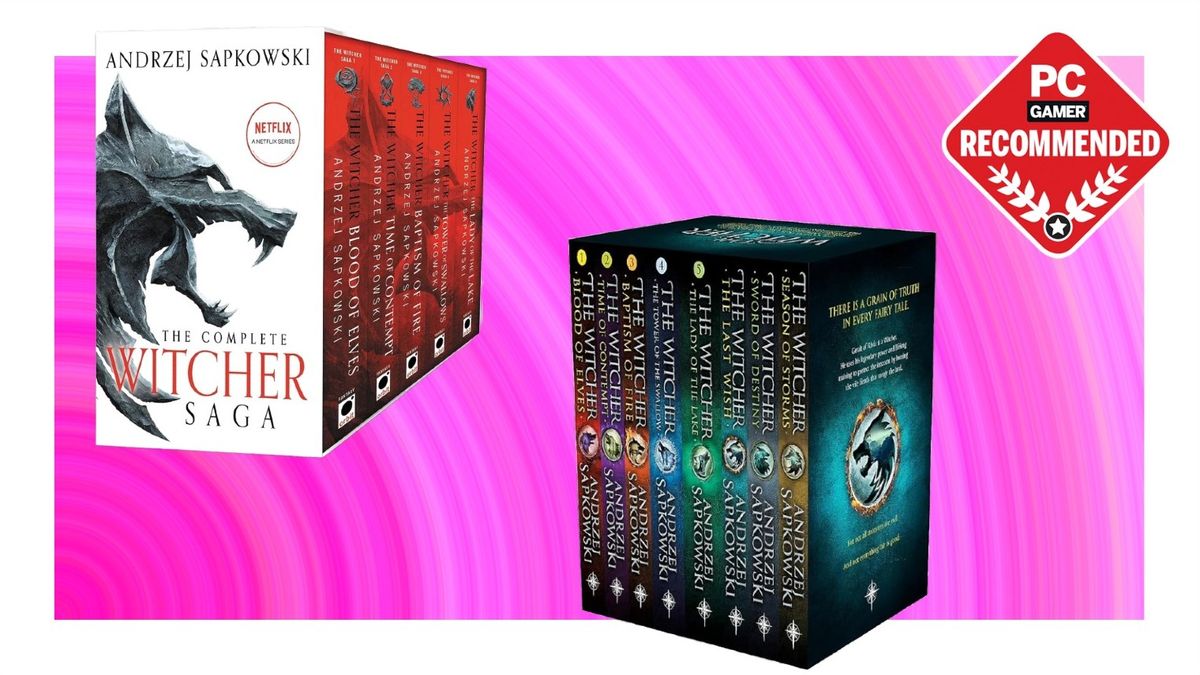
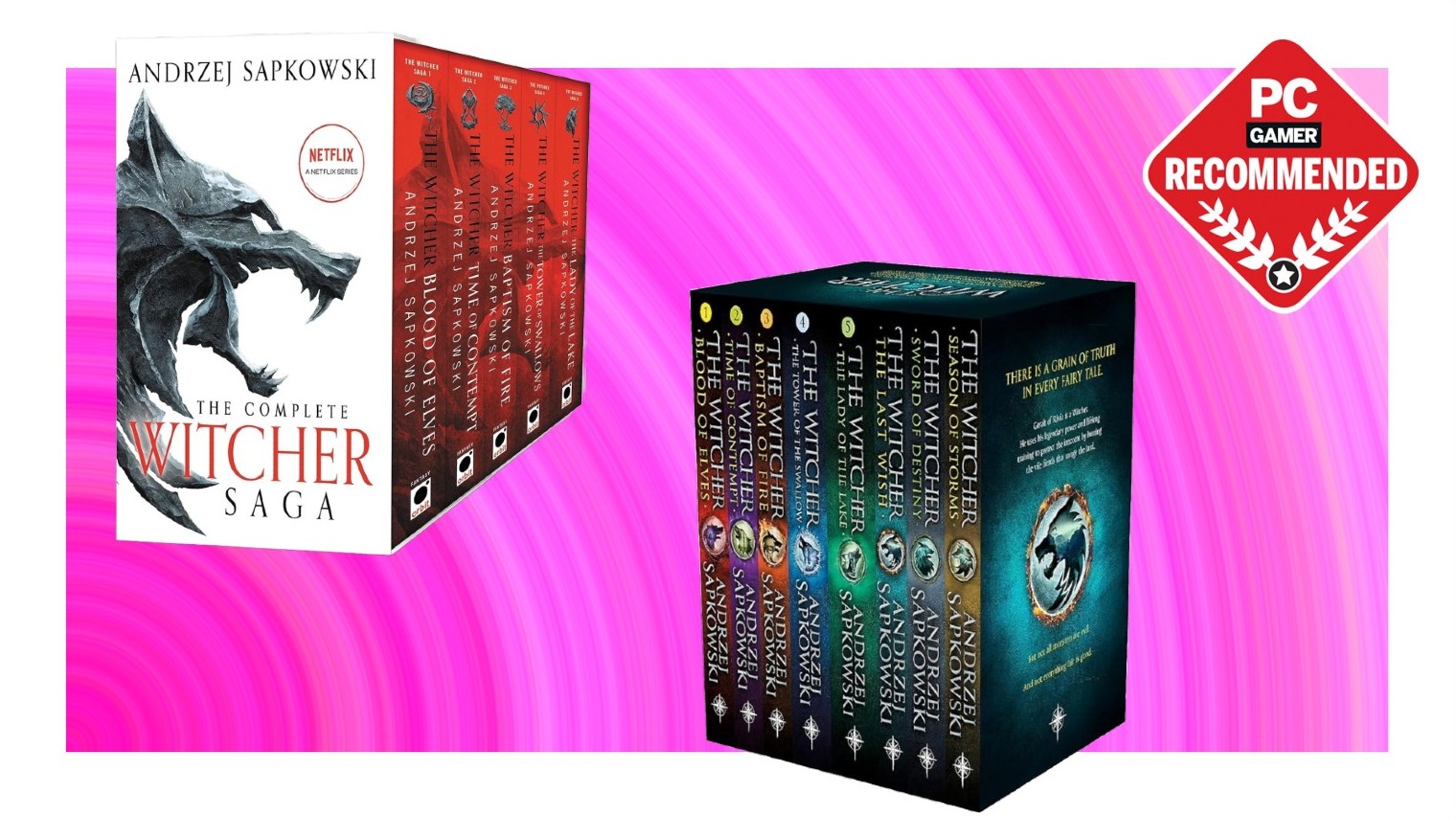
© Andrzej Sapkowski
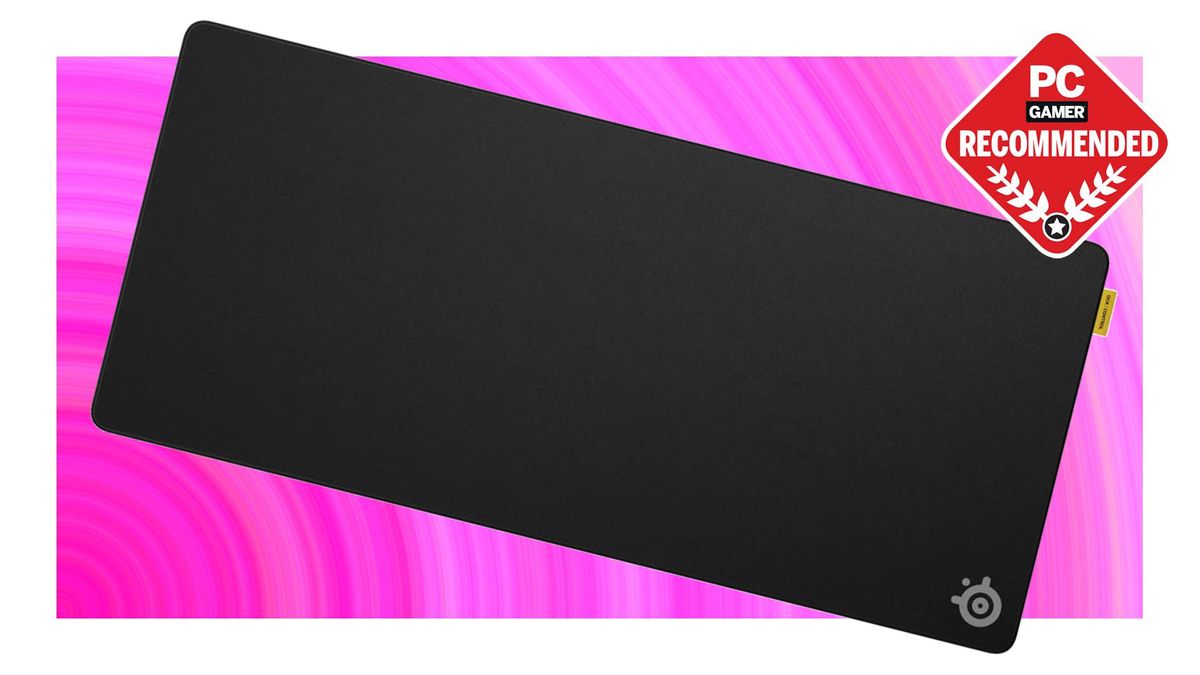
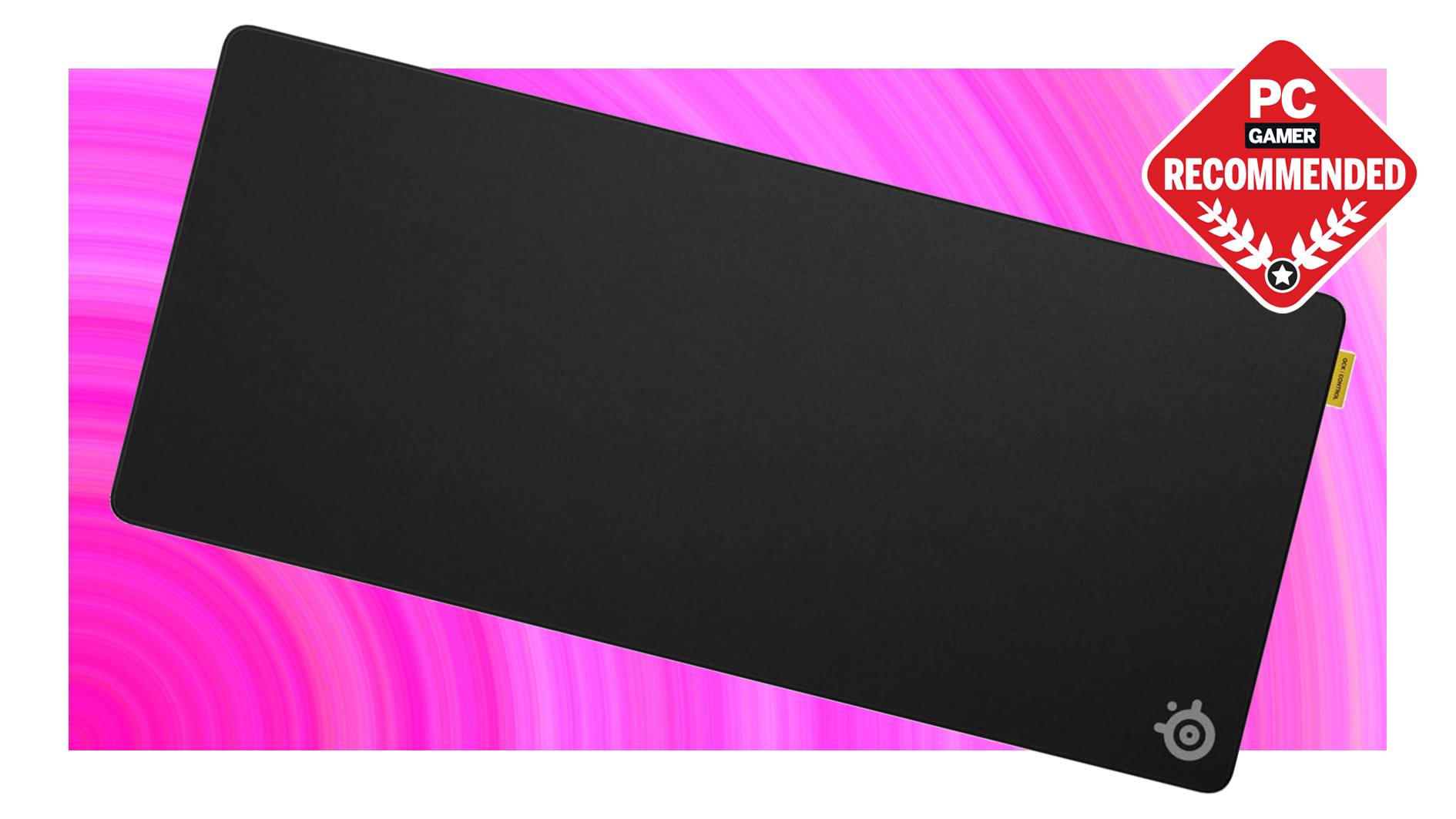
© SteelSeries
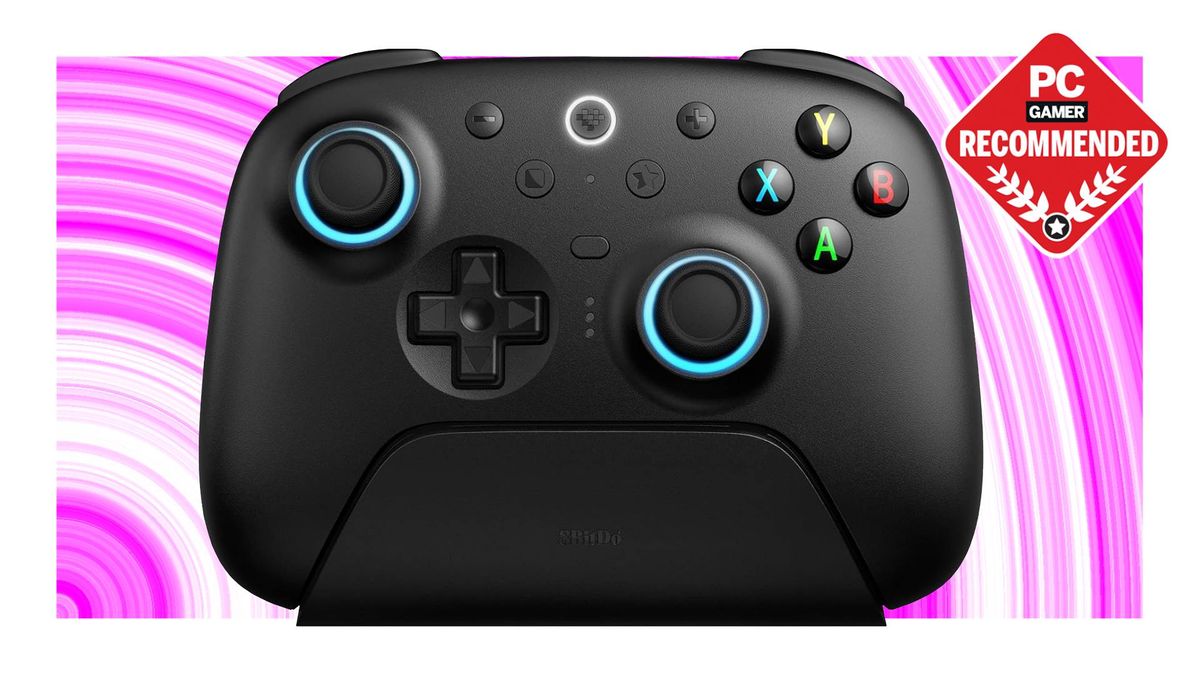
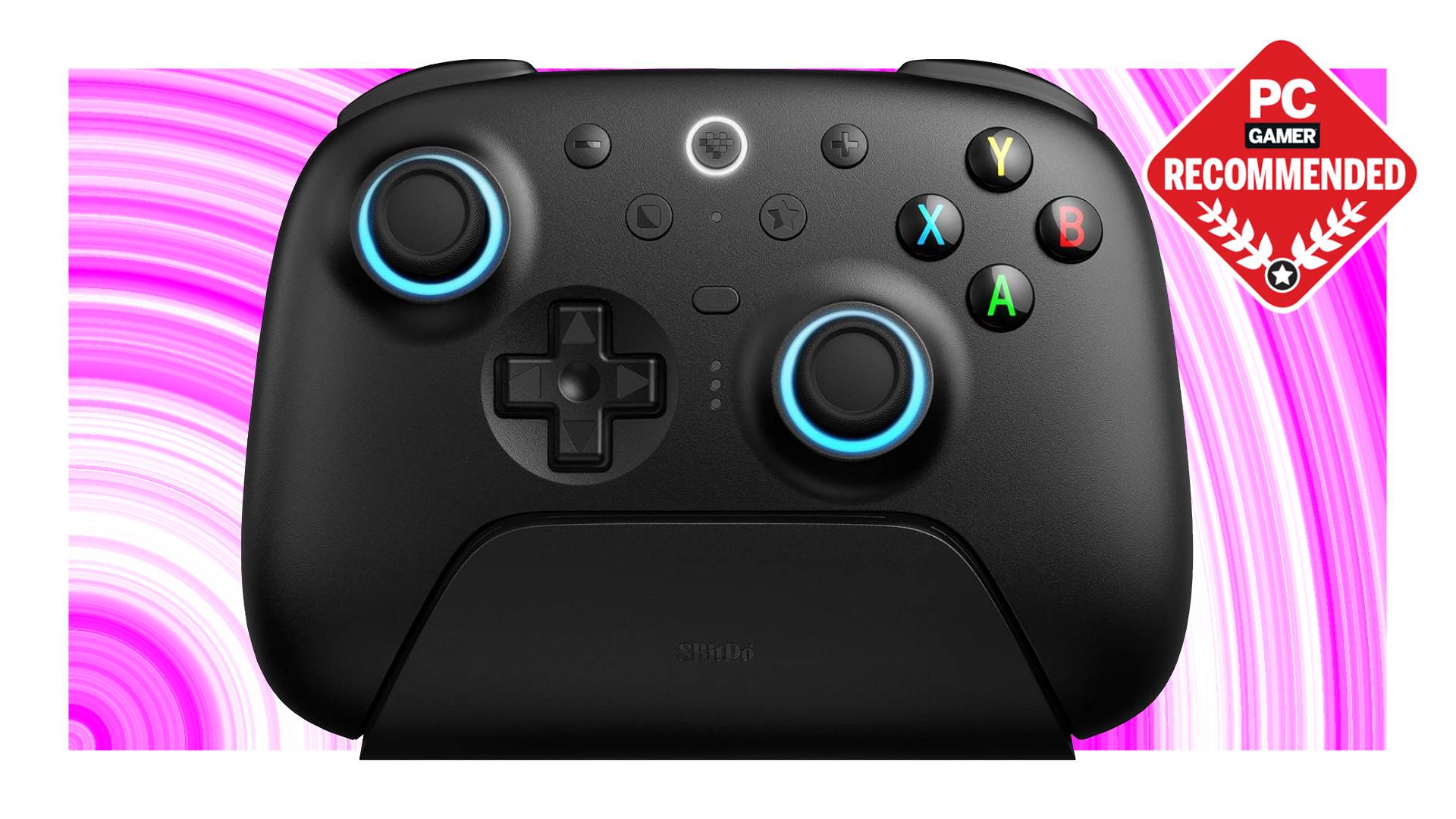
© 8BitDo

Are you ready for new King of the Hill? It’s kind of crazy to even be typing that sentence — but even crazier to be seeing the debut of the new trailer and poster for the series, solidifying that it is, in fact, not some kind of crazy suburban boredom dream and the reboot is actually happening.
Season 14 of the show — and this trailer — meets the Hill family where they’re at in the modern day, several years after we last saw them when the show originally ended in 2009. The official synopsis reads: “After years working a propane job in Saudi Arabia to earn their retirement nest egg, Hank and Peggy Hill return to a changed Arlen, Texas to reconnect with old friends Dale, Boomhauer and Bill. Meanwhile, Bobby is living his dream as a chef in Dallas and enjoying his 20s with his former classmates Connie, Joseph and Chane.”
You waited 15 years for the King to return. Watch an all new season of #KingOfTheHill, Aug 4. Streaming on #DisneyPlusCA. pic.twitter.com/bo1zNtTjkz
— Disney+ Canada 🇨🇦 (@DisneyPlusCA) July 10, 2025
As for the poster, it features the witty tagline: "Are you ready for seconds?" Obviously, the answer is a big yes.
The show’s original voice cast — Mike Judge, Kathy Najimy, Pamela Adlon, Johnny Hardwick, Stephen Root, Lauren Tom, and Toby Huss — returns for the new season, with one exciting recasting addition. Comic Ronny Chieng takes over the role of Khan Souphanousinphone, the Laotian patriarch neighbor of the Hills, from Toby Huss (who also voices Dale Gribble).
The series is executive produced by original co-creators Mike Judge and Greg Daniels, as well as incoming executive producer Saladin Patterson, who also now serves as showrunner of the series starting with season 14.
The new season of King of the Hill will premiere on August 4 on Hulu and Disney+.
Lex Briscuso is a film and television critic and a freelance entertainment writer for IGN. You can follow her on Twitter at @nikonamerica.
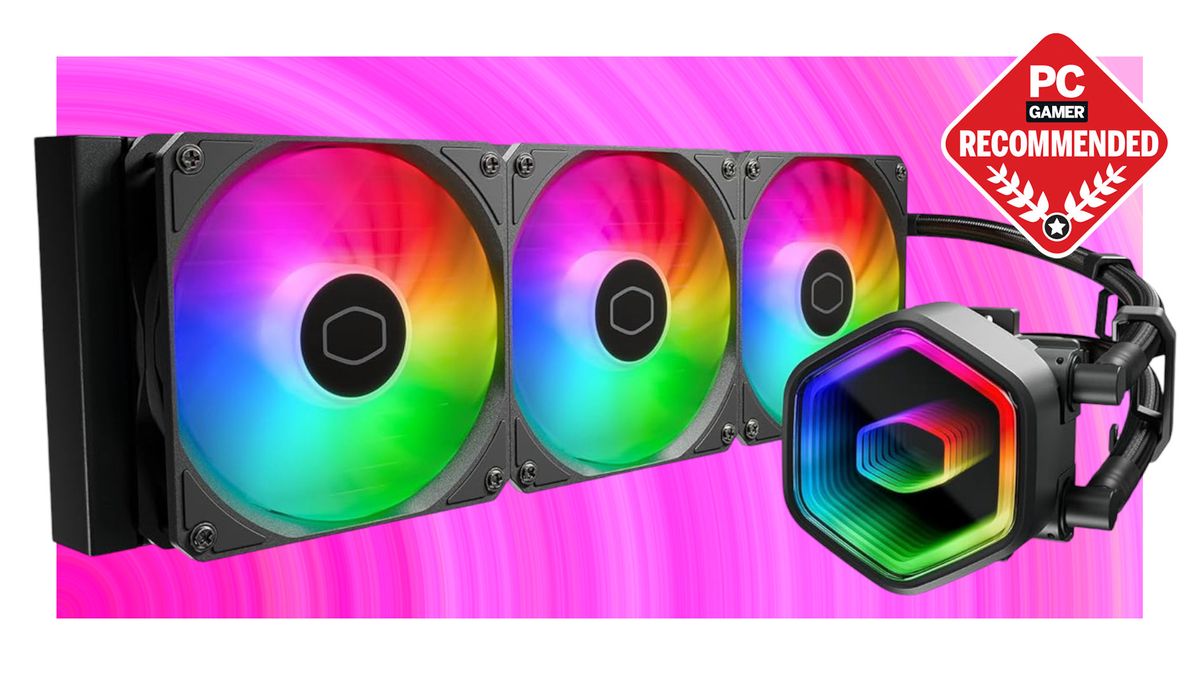
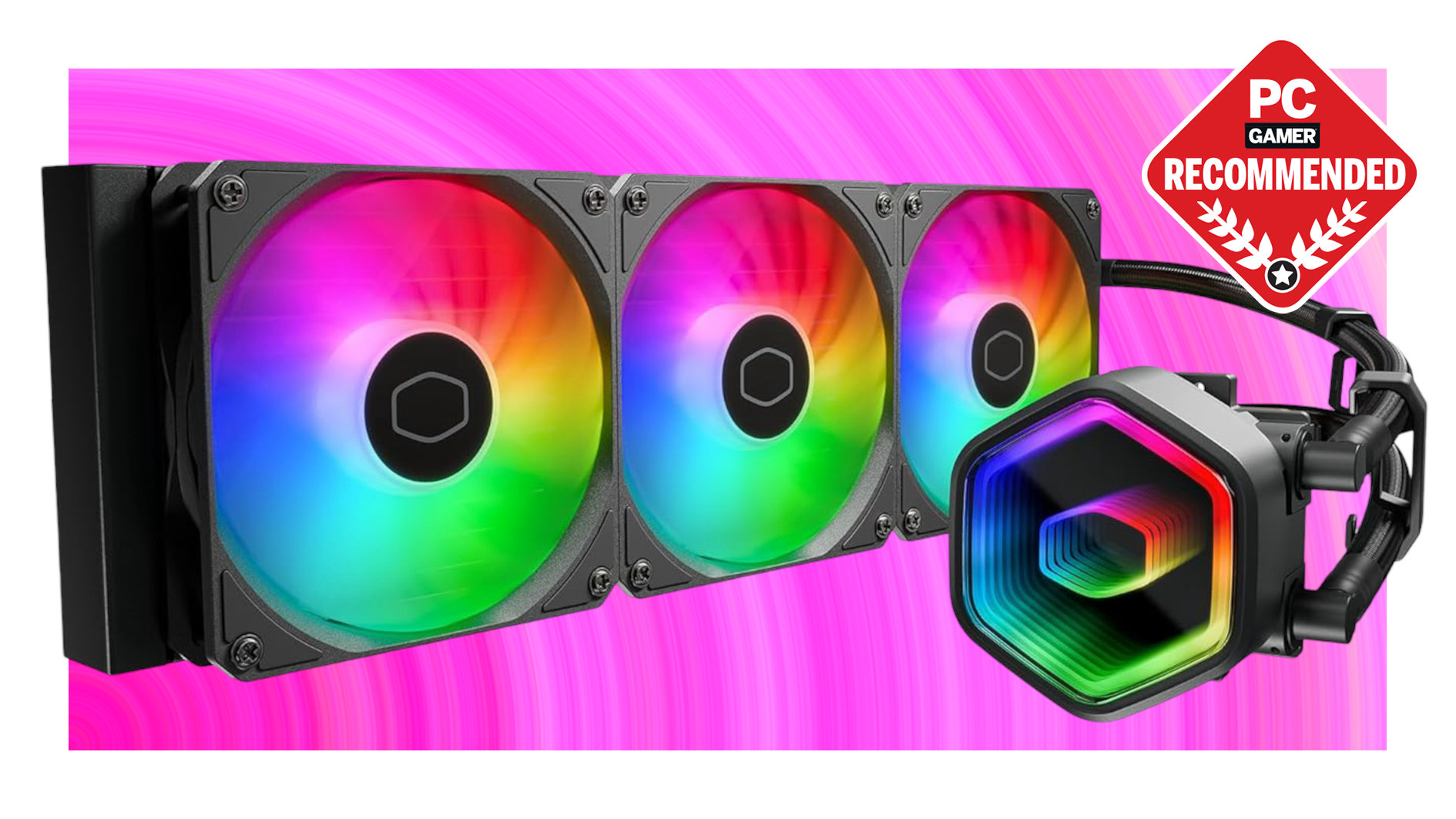
© Cooler Master

Back before the PlayStation, Xbox, and even the original Nintendo, there was Atari and its family of systems that helped bring video games into the home.
For fans who have held onto their old Atari 2600 and 7800 game cartridges, this Prime Day deal for the Official Atari 7800+ is for you. Normally $129.99, it is currently on sale for $59.99 - that’s 54% off!
That price drop has seen the retro console skyrocket in demand, spiking 2,475% in the Amazon sales charts over the past 24 hours. It sits at number five in Amazon's data-driven "Movers & Shakers" list, only behind Switch 2 accessories, a PS5 bundle, and a top Final Fantasy deal.
This system, along with its included wireless controller (though there are controller ports), features an HDMI output, making it easy to connect to modern displays. It runs off a USB-C cable, but you will need to provide an adapter to plug it into your wall.
Maybe it’s because the Atari was slightly before my time, but if I saw this console sitting on someone's shelf or connected to their TV, I would think it was something straight out of the 80s. It not only can play the games from the era, but it looks the part too.
In addition to the system, you will also get a single wireless two-button controller and a brand new 7800 game, Bentley Bear’s Crystal Quest, which is a follow-up to the Crystal Castles game for the 2600, released back in 1983. If the more modern controller isn’t your style, a wireless take on the classic Atari joystick is also available as a Prime Day deal, the CX40+ Wireless Joystick.
As we have seen a lot of emulated retro consoles on the market the past few years, it’s important to note that this system plays actual cartridges and does come prepackaged with ROMs of games to play. If you have a hankering for some Demon Attack or Ninja Golf, it’s hard to pass up this deal on the 7800+!
Prime Day is jam-packed with gaming deals, offering discounts on everything from Razer gaming mice to prebuilt PCs and even a "no console required" Xbox bundle. We've also rounded up physical game deals for Nintendo Switch, PS5, and Xbox. Go crazy.
Scott White is a freelance contributor to IGN, assisting with tabletop games and guide coverage. Follow him on X/Twitter or Bluesky.

Travis Scott’s new music video for 2000 Excursion has set tongues wagging after fans spotted what looks like a reference to GTA 6.
At 3:56 in the video, we see a car with the license plate “GTA6 VI6.” That is, undoubtedly, a GTA 6 reference, but is it a tease for the rapper’s appearance in the game? That feels unlikely, given the strict control developer Rockstar employs over everything related to GTA that is public-facing. Perhaps it’s just an Easter egg, or a joke.
Either way, GTA 6 fans are speculating that Travis Scott will now appear in GTA 6 in some way, either with his own radio station (as celebs have done in previous GTA games) or as a character we see in the game. Perhaps Travis Scott just has a song in the game. Others are joking that the “VI6” part of the license plate means Travis Scott is already excited for GTA 12.
Travis Scott is no stranger to the world of video games. He famously starred in a live virtual concert in Fortnite, which fueled huge concurrent numbers for Epic’s battle royale back in 2020. Meanwhile, Faheem Rashad Najm, better-known as singer-songwriter T-Pain, has confirmed that he's contributing to GTA 6 (in the course of bringing T-Pain aboard, it seems that Rockstar requested he stop role-playing on NoPixel — a popular GTA 5 role-play server that runs on third-party servers).
All this speculation will of course be music to Rockstar’s ears. GTA 6 is the most anticipated video game in the world, and it enjoys more fan theories than perhaps any piece of entertainment (the less said about the moon, the better). In December, a former developer at Rockstar expressed his delight at the many wild conspiracy theories surrounding GTA 6, insisting staff at the studio will be enjoying watching the community go off the deep end.
While we wait to find out, we’ve got plenty more on GTA 6, including all the details we’ve discovered so far, a roundup of 70 brand new screenshots, and the expert opinion on how GTA 6 will look on PS5 Pro.
Image credit: Travis Scott / YouTube.
Wesley is Director, News at IGN. Find him on Twitter at @wyp100. You can reach Wesley at wesley_yinpoole@ign.com or confidentially at wyp100@proton.me.
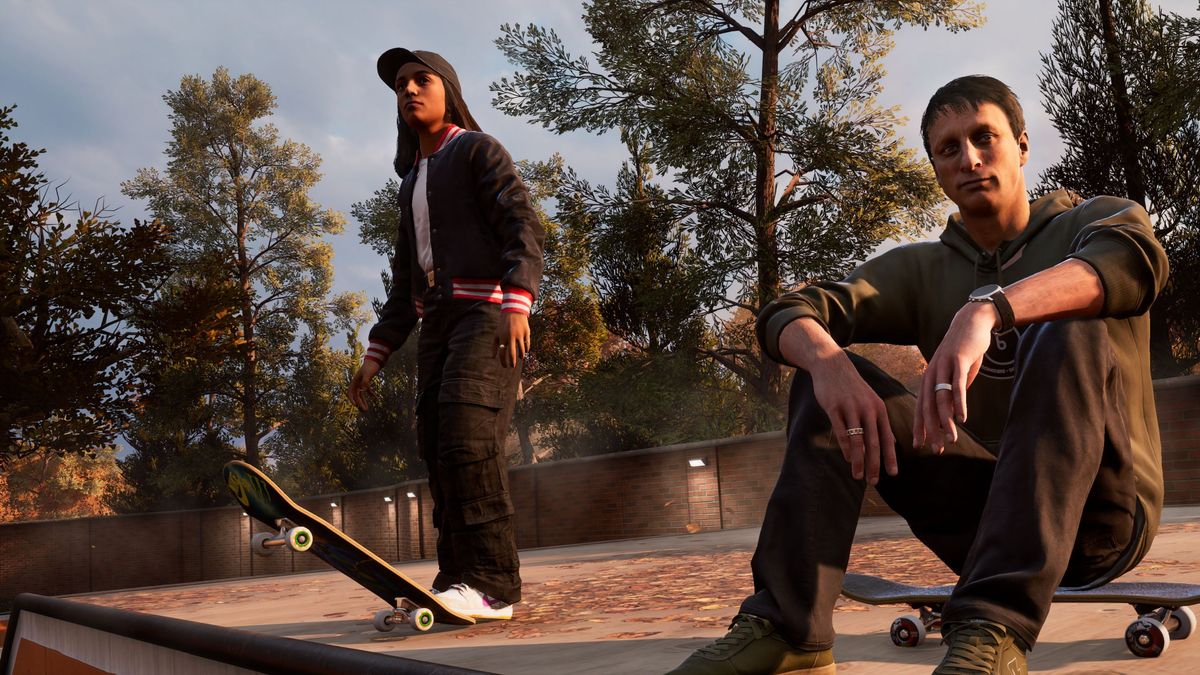
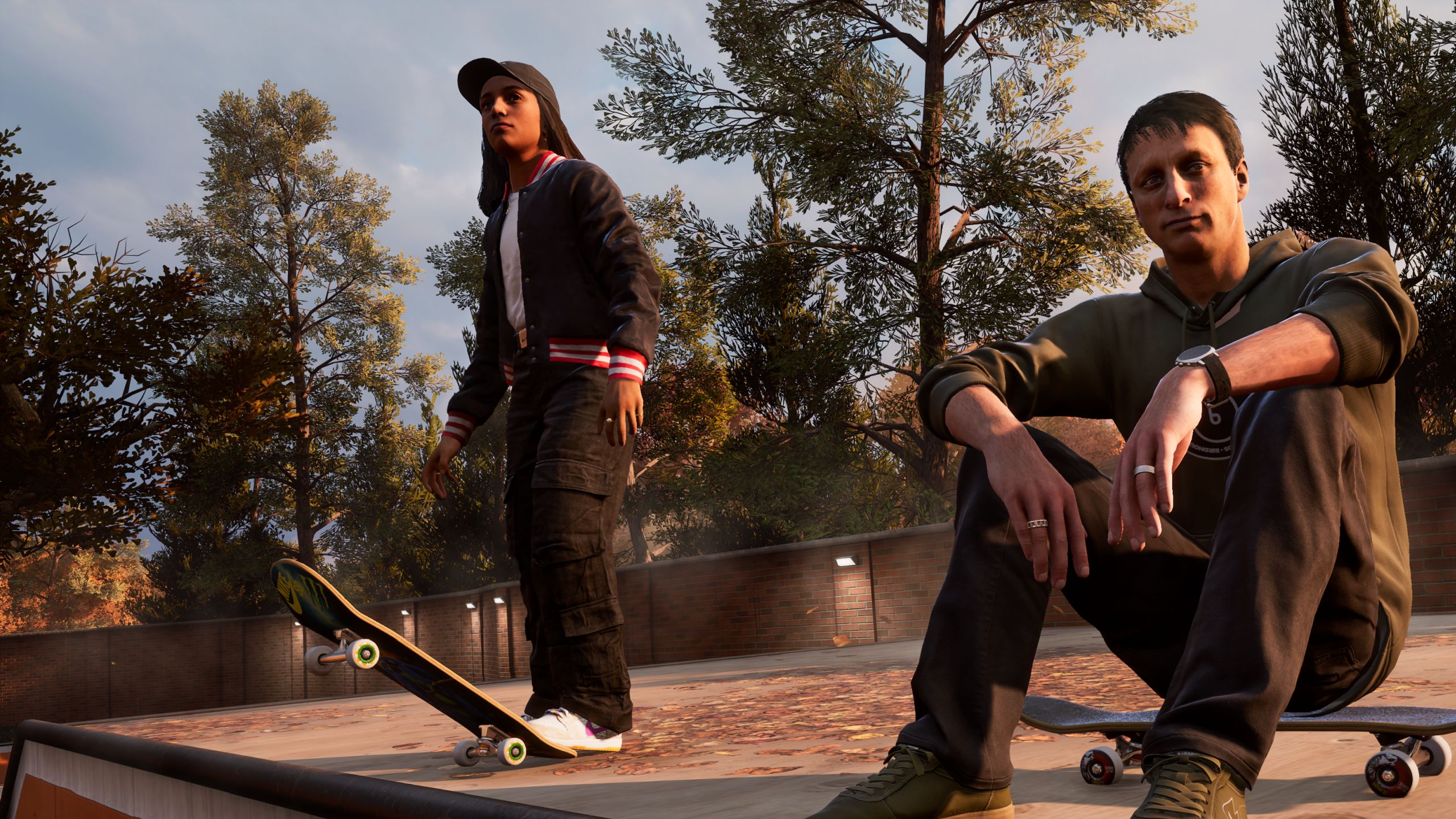
© Activision
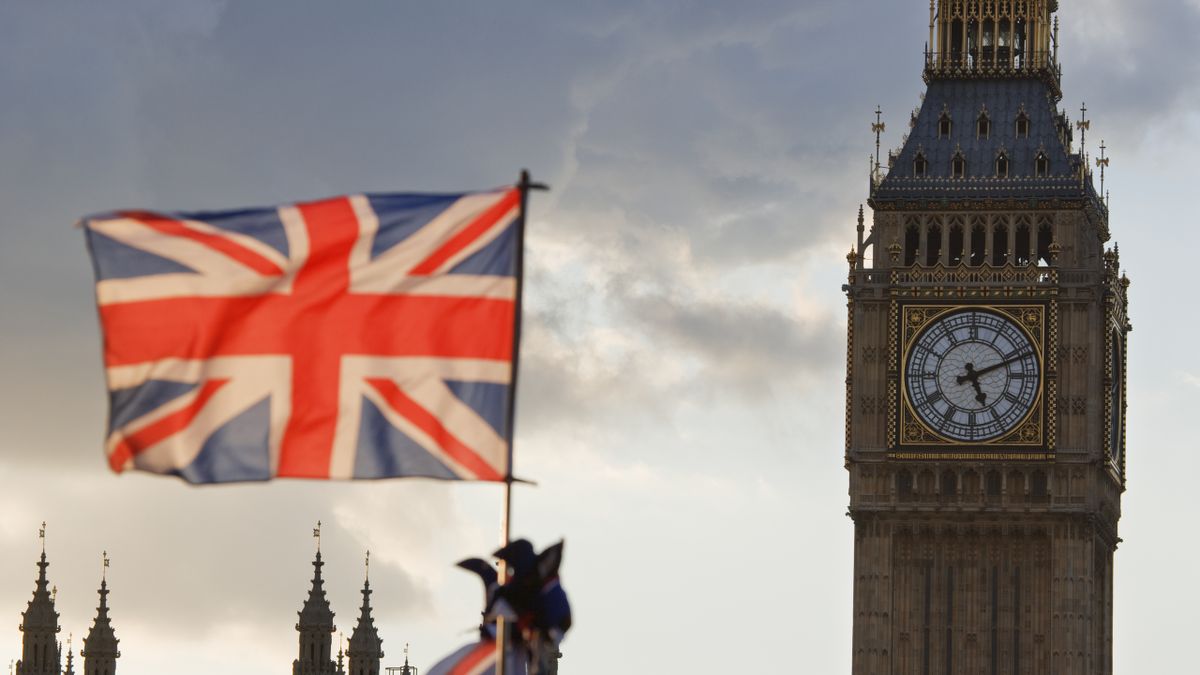

© Travelpix Ltd via Getty
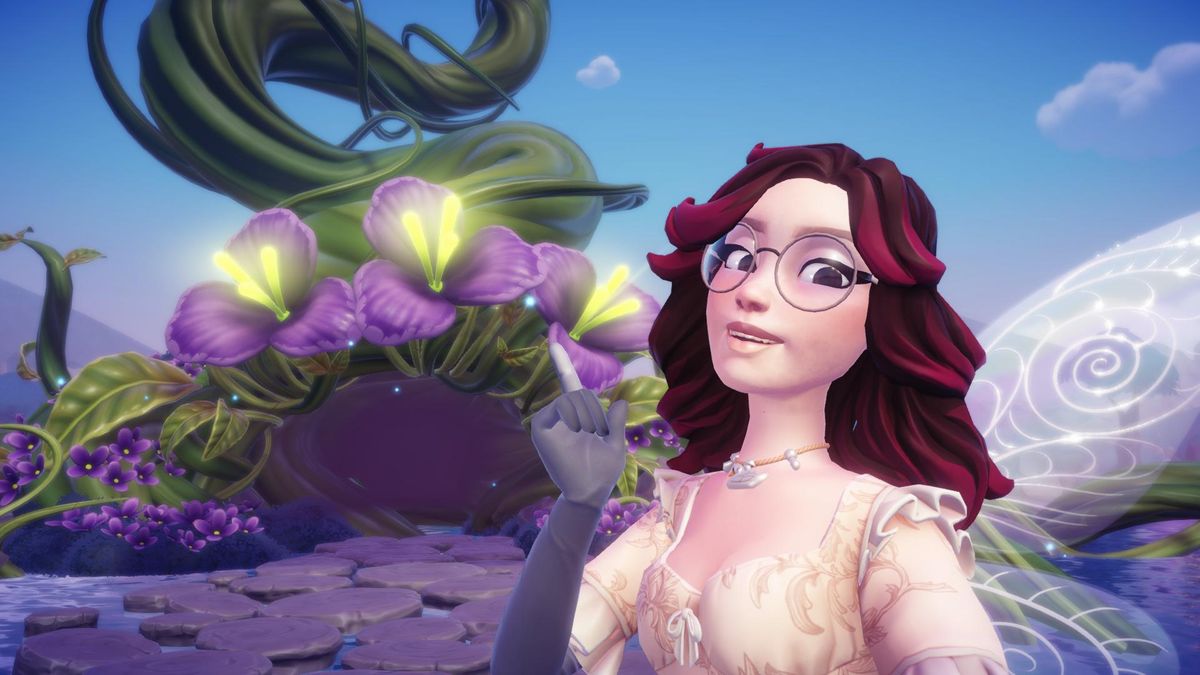
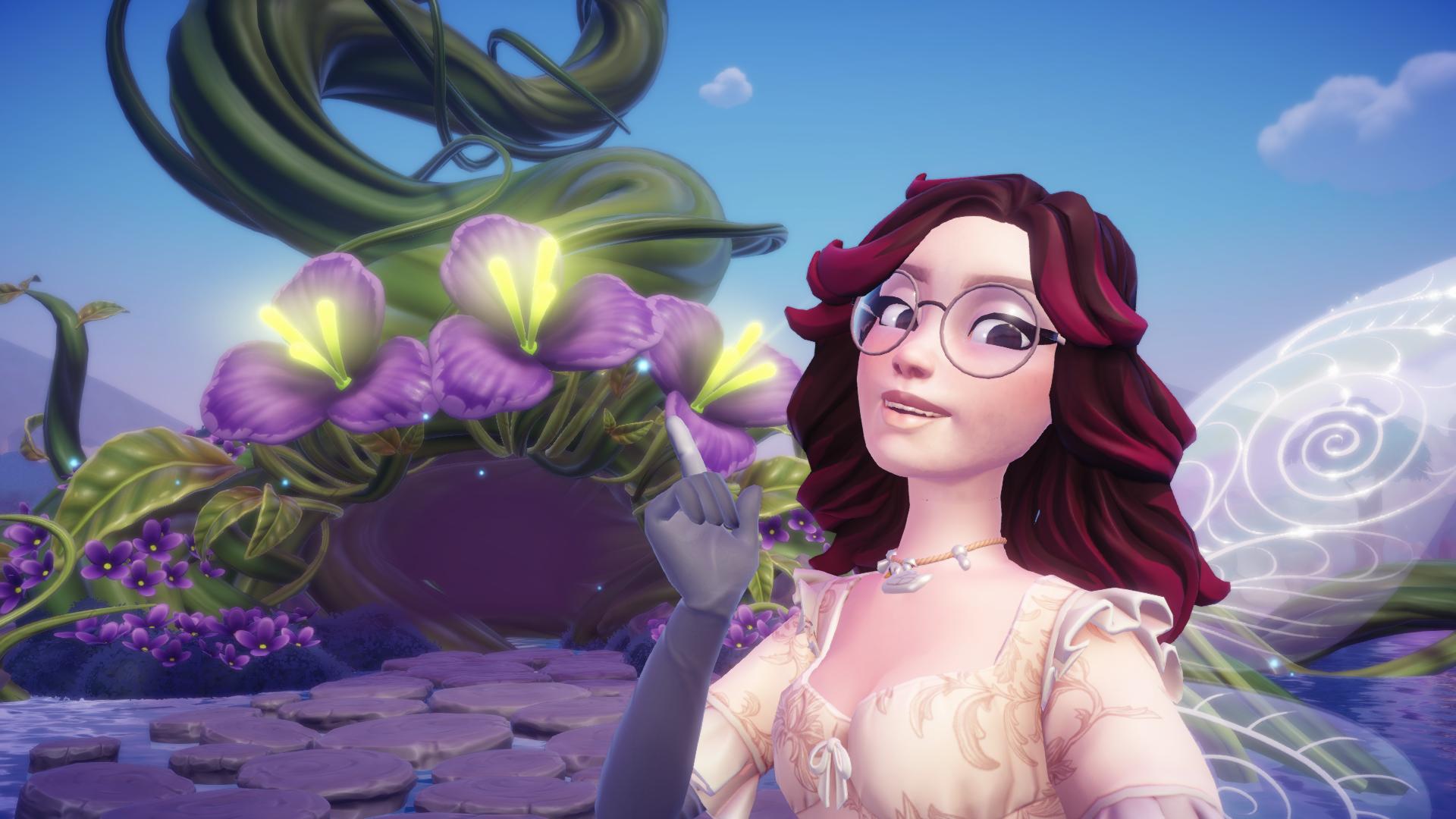
© Gameloft

Just two months after releasing to an excellent critical and audience response, J.J. Abrams’ new HBO thriller Duster — starring none other than Lost legend Josh Holloway — has been officially cancelled and will not receive a second season.
In a statement issued to GamesRadar, the streamer insisted it was happy with the series despite not ordering another round. "While HBO Max will not be moving forward with a second season of Duster, we are so grateful to have had the chance to work with the amazingly talented co-creators,” the company said. “We are tremendously proud of this series."
Abrams, best known for directing 2009's Star Trek reboot and the Star Wars sequels The Force Awakens and The Rise of Skywalker, and co-showrunner LaToya Morgan’s series was a critical hit. It secured a 92% critics rating on Rotten Tomatoes with a nice 83% audience rating on the site as well. That said, when the show premiered mid-May, it failed to land a large viewership — and even failed to make any of the viewing charts.
According to the official synopsis, Duster "explores the life of a gutsy getaway driver for a growing crime syndicate that goes from dangerous to wildly, stupidly dangerous when a tenacious young agent comes into town hellbent on taking his crime family down.”
Holloway plays the driver, and it was definitely a reunion moment for him and Abrams, who worked together extensively on six seasons of Lost. The actor recently spoke out about having to take a break from the industry due to a lack of work, which made Duster the perfect project to return with — being that it was with a longtime friend running the show.
"I couldn’t even believe what I was hearing," he told The Hollywood Reporter in a recent interview about getting the call for Duster. "That was right before the pandemic, and then HBO was sold twice. But we kept making it through everything. [We wondered] ‘Are they going to cancel us?’ No, no. We kept chugging along."
Lex Briscuso is a film and television critic and a freelance entertainment writer for IGN. You can follow her on Twitter at @nikonamerica.
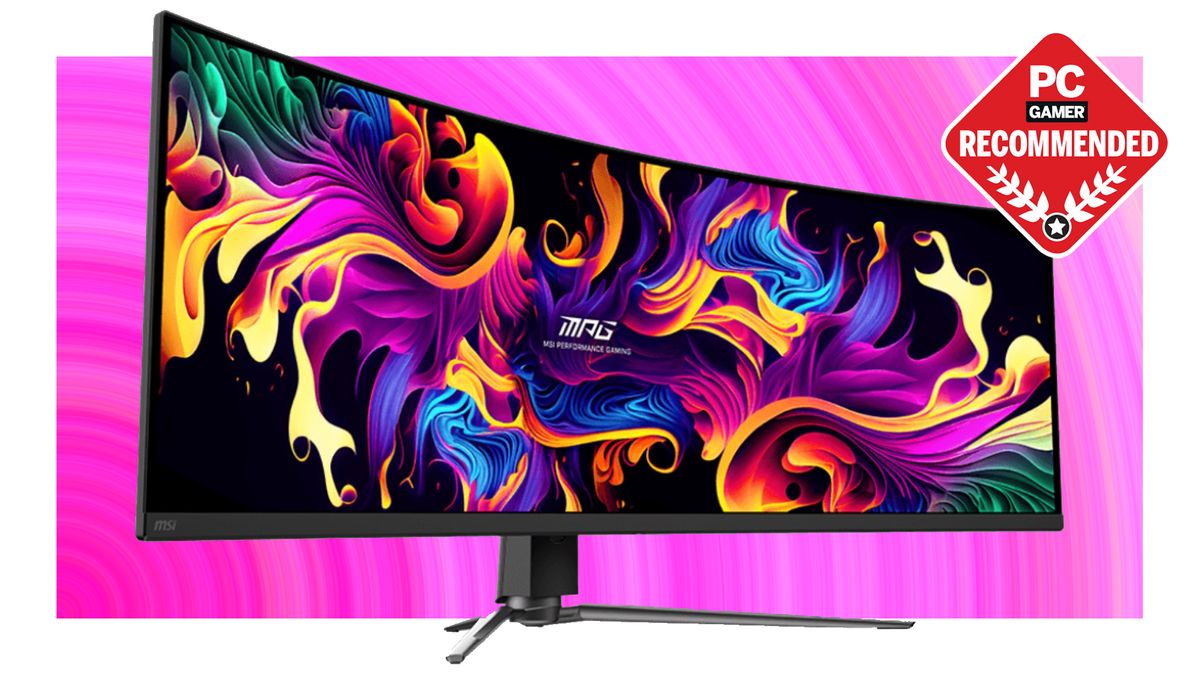
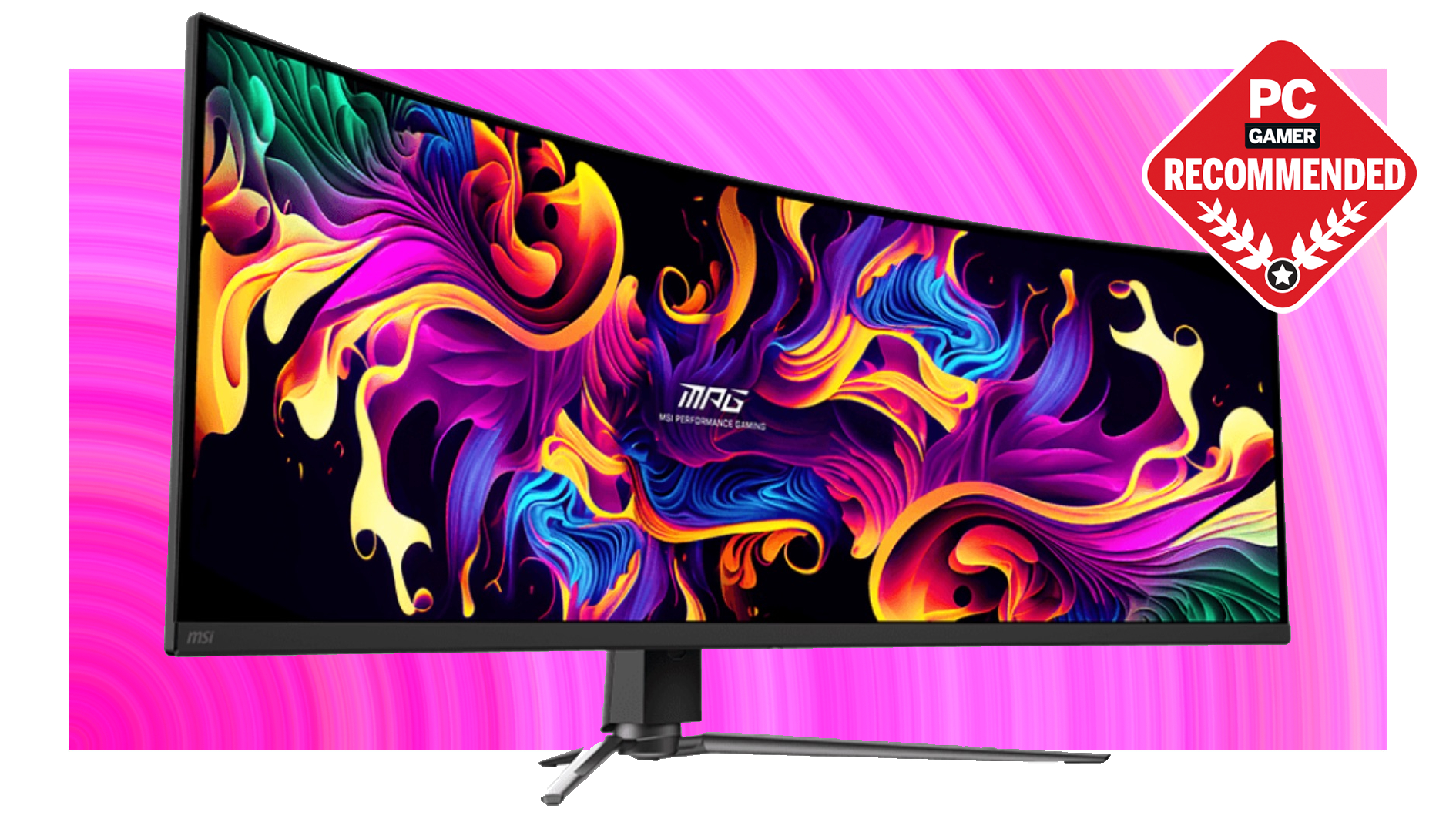
© MSI

Here’s some good news for Nintendo fans: the Switch 2 Pro Controller is finally available at Amazon. Due to circumstances neither Amazon nor Nintendo have been vocal about, the online mega-retailer hasn’t sold first-party Nintendo Switch items for several years. But the freeze that’s been in place between the two companies now seems to be thawing.
The Switch 2 console itself was a no-show at Amazon for the first month after release. It’s finally available now, but you have to request an invite to purchase it, since stock remains low.
Like the Switch 2 itself, the Switch 2 Pro Controller largely follows the same formula that made its predecessor so good, while adding a few new features to the mix. This controller has HD Rumble 2 for improved vibrations. It adds two back buttons that you can map to any button you choose. And it has the same GameChat button that’s on the new Joy-Con 2. It also supports amiibo scanning and motion controls. Plus, it has an audio jack for headsets and a capture button to save screenshots and videos.
In his Switch 2 Pro Controller review, tech reviewer Michael Higham wrote, “It’s a premium product at a premium price, but if you mostly play your Nintendo Switch 2 docked, getting the new Pro Controller is a layup – you’ll definitely want something better than using the new Joy-Con with the grip attachment that’s included with the console, and the C button and back buttons give folks who already have a go-to Switch controller a reason to upgrade. As third-party options become readily available over time some may end up being more cost-effective, but that doesn’t take away from the Pro Controller being a great, and proven, first-party gamepad.”
It was only a few weeks ago (after the Switch 2 was already out) when first-party Nintendo Switch 2 games began appearing on Amazon. And while some reports suggested the missing Nintendo listings were due to a spat over third-party sales, Nintendo denied this report.
If you want to save some cash and you have a Prime membership, you can check out our Prime Day 2025 coverage. You can save a bunch of money on Switch games in the sale as well.
Chris Reed is a commerce editor and deals expert for IGN. He also runs IGN's board game and LEGO coverage. You can follow him on Bluesky.
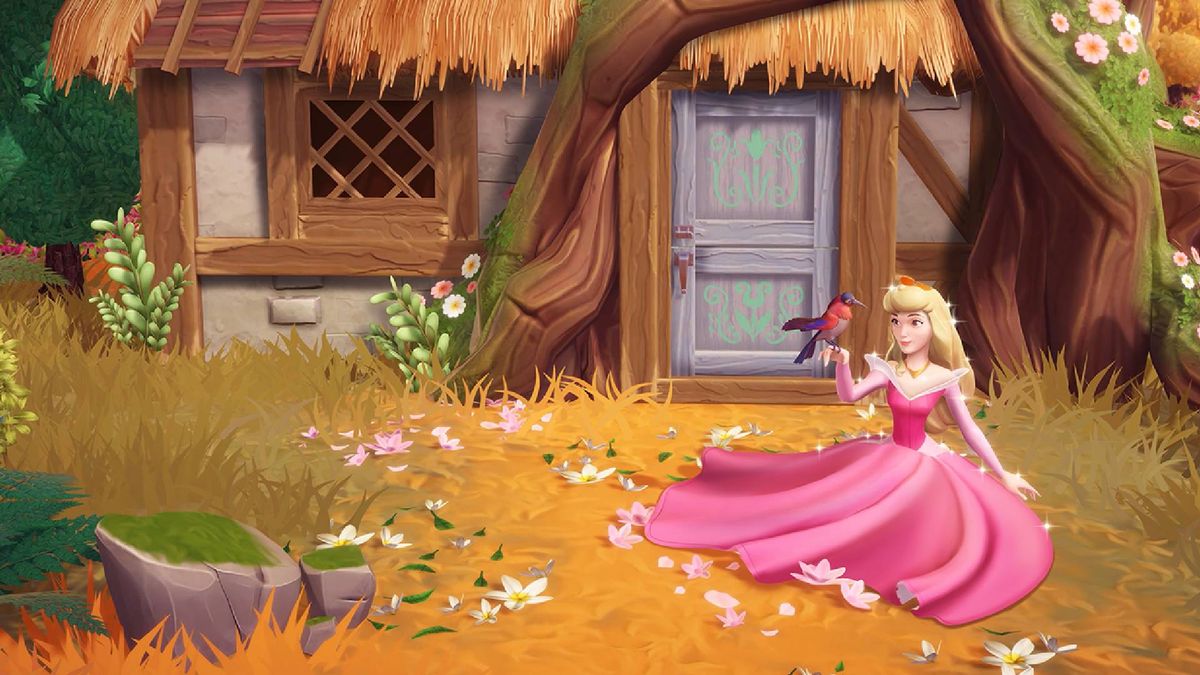
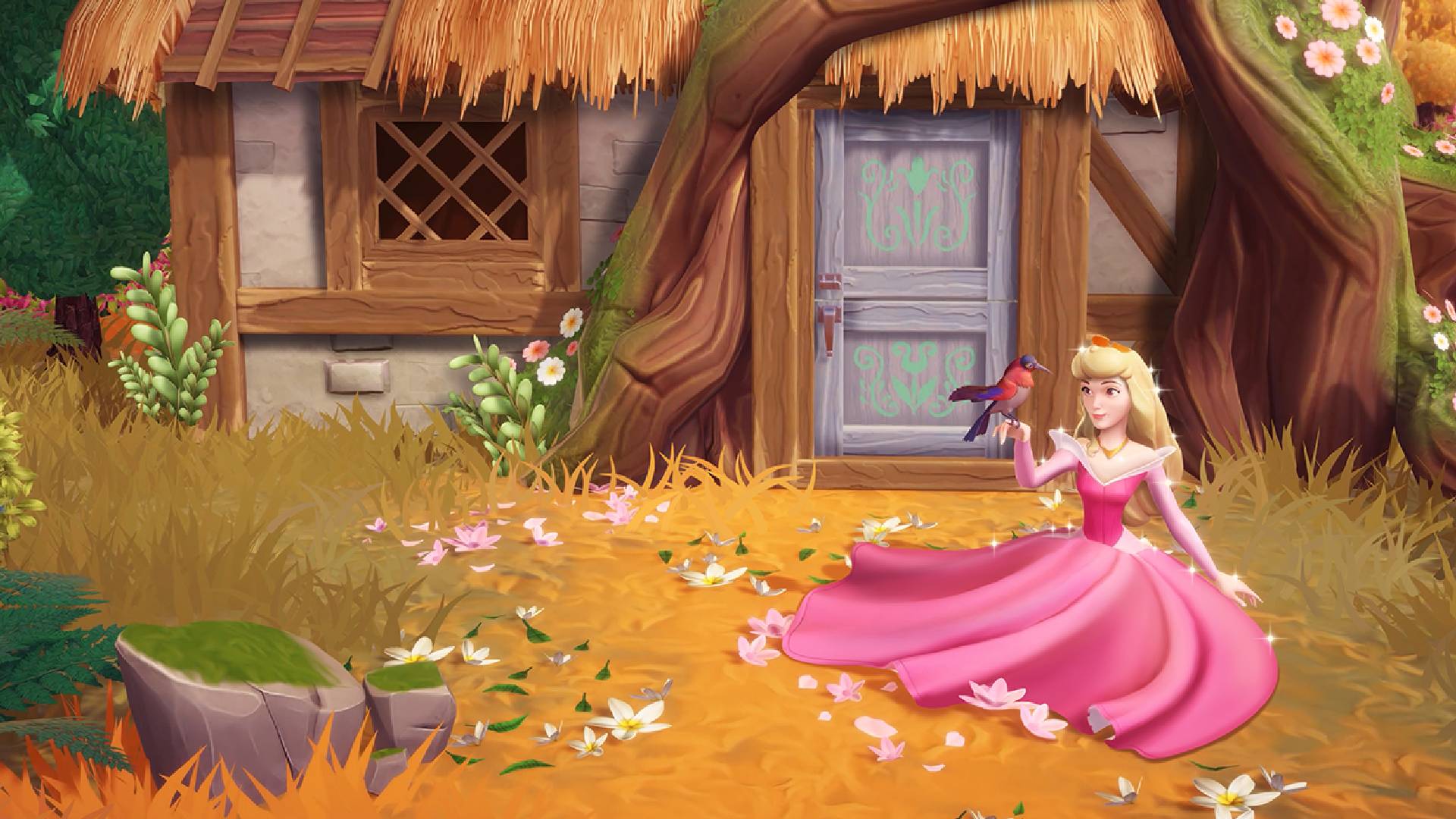
© Gameloft
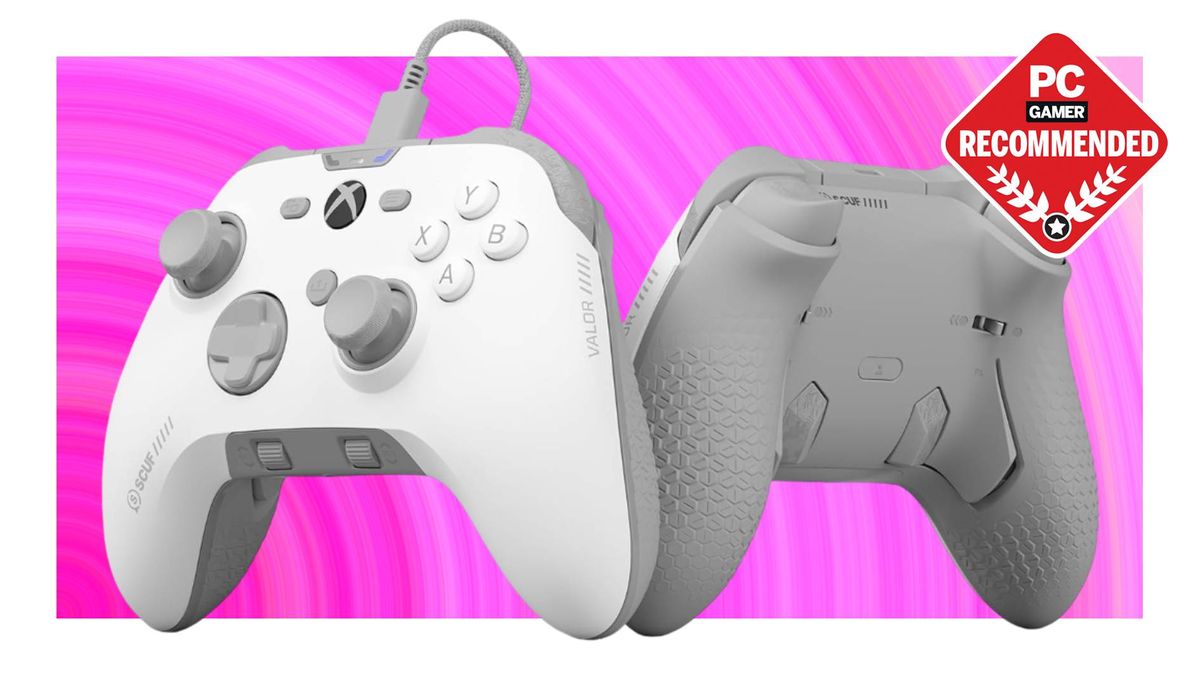
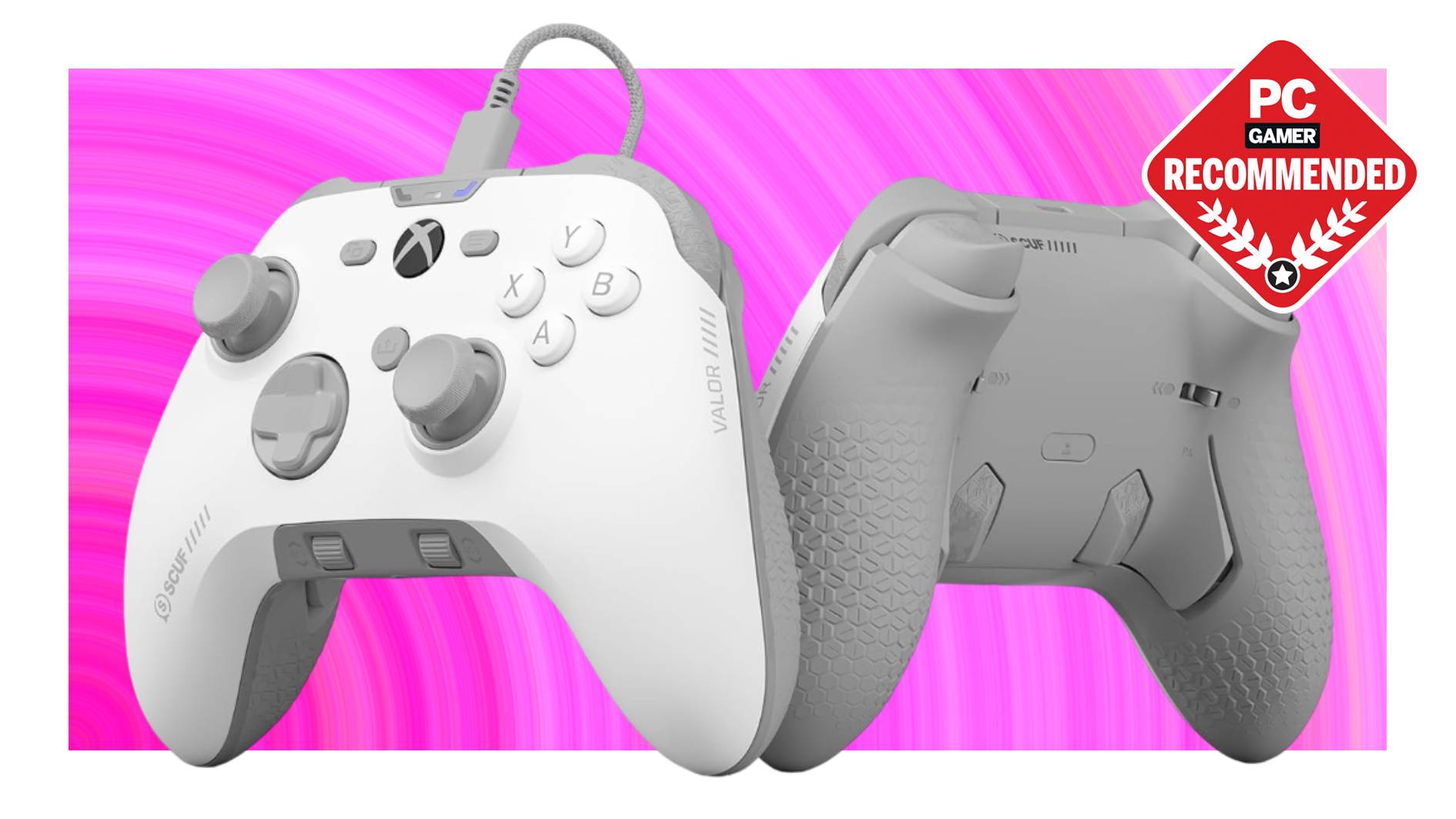
© Scuf
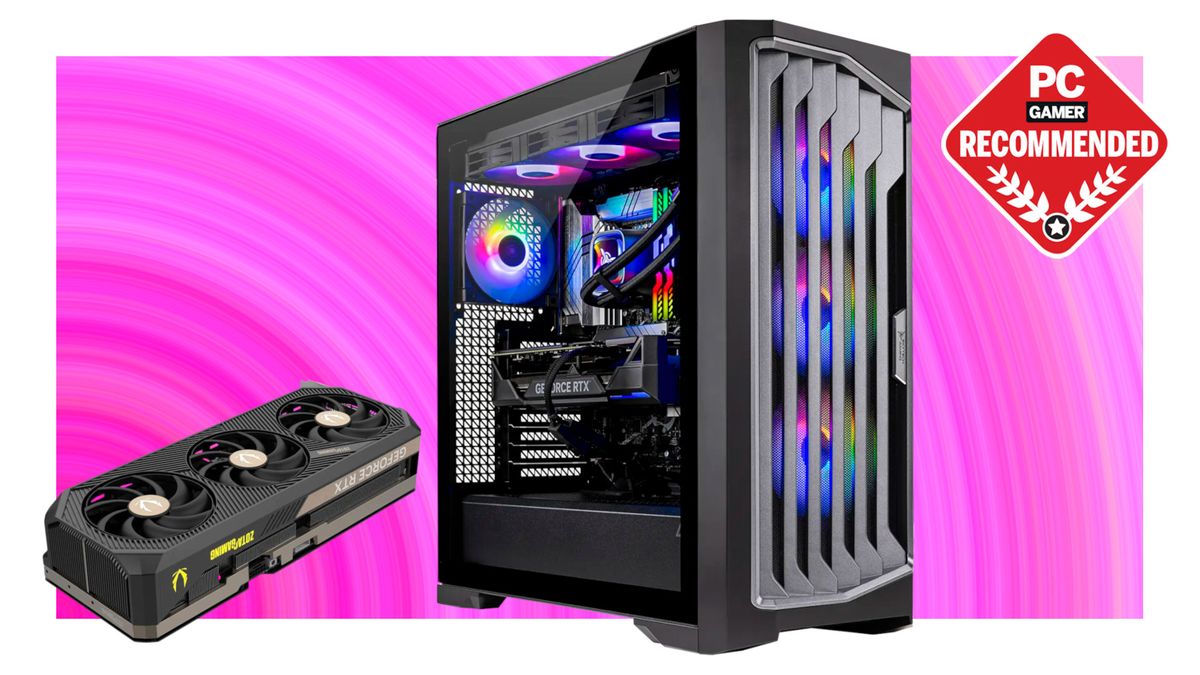
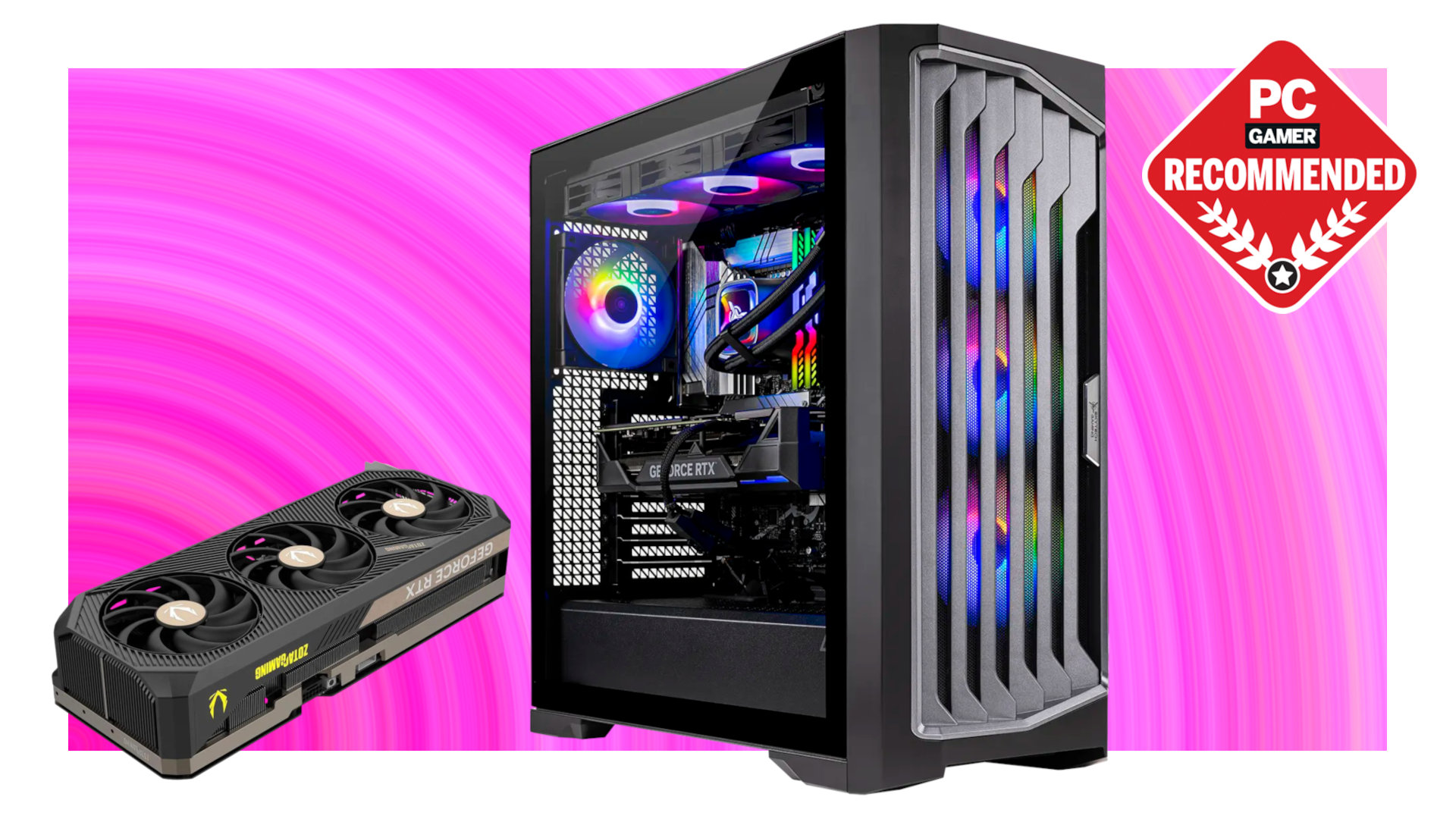
© Skytech/Zotac
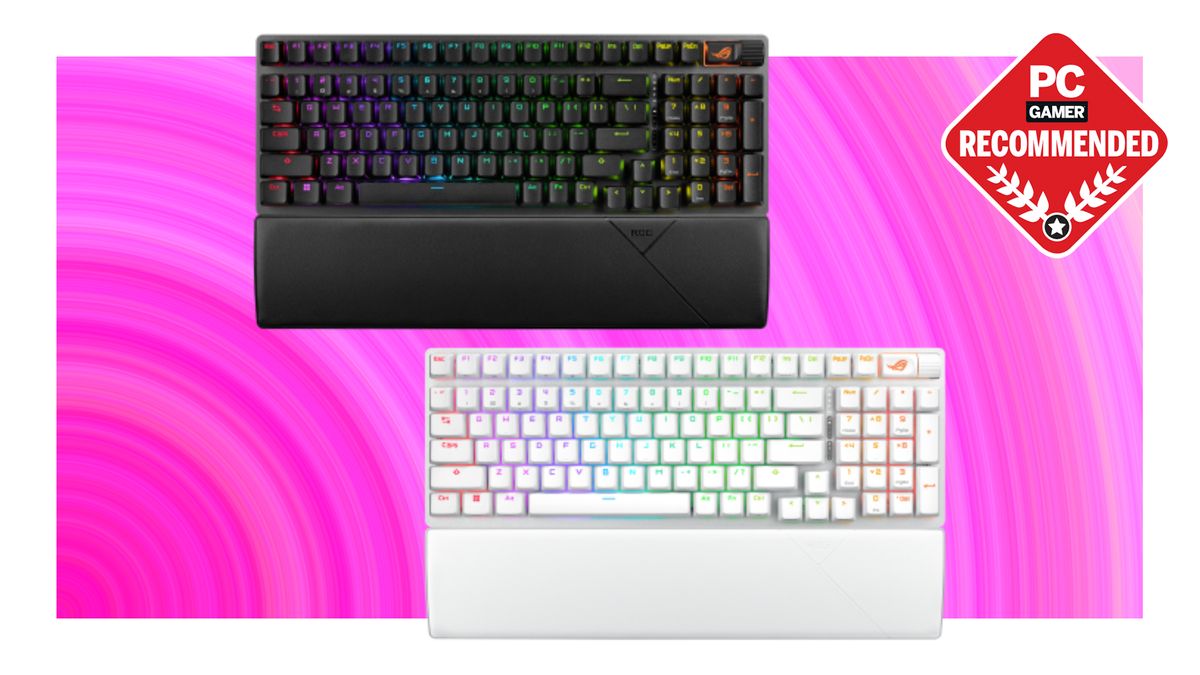
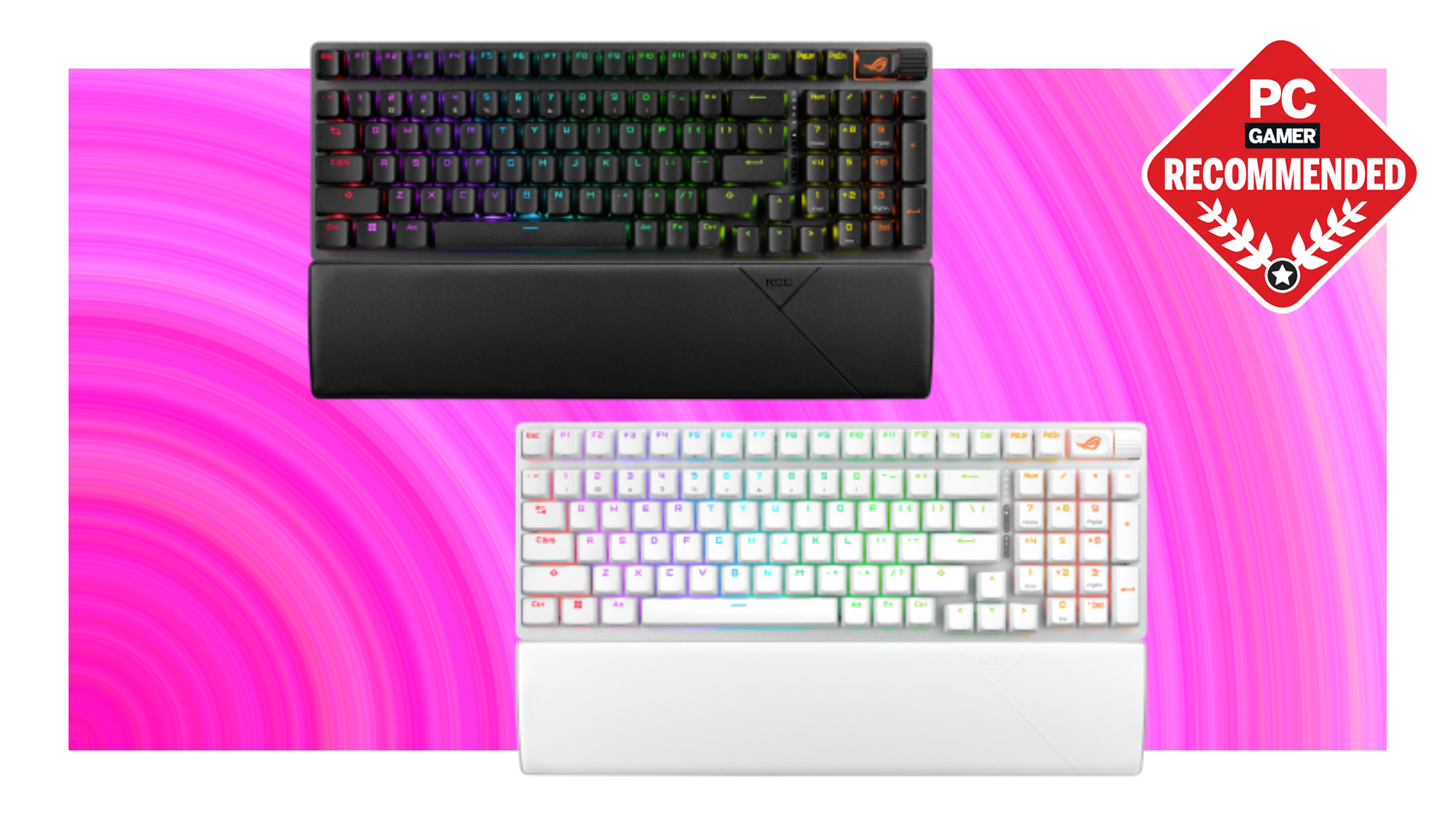
© Asus
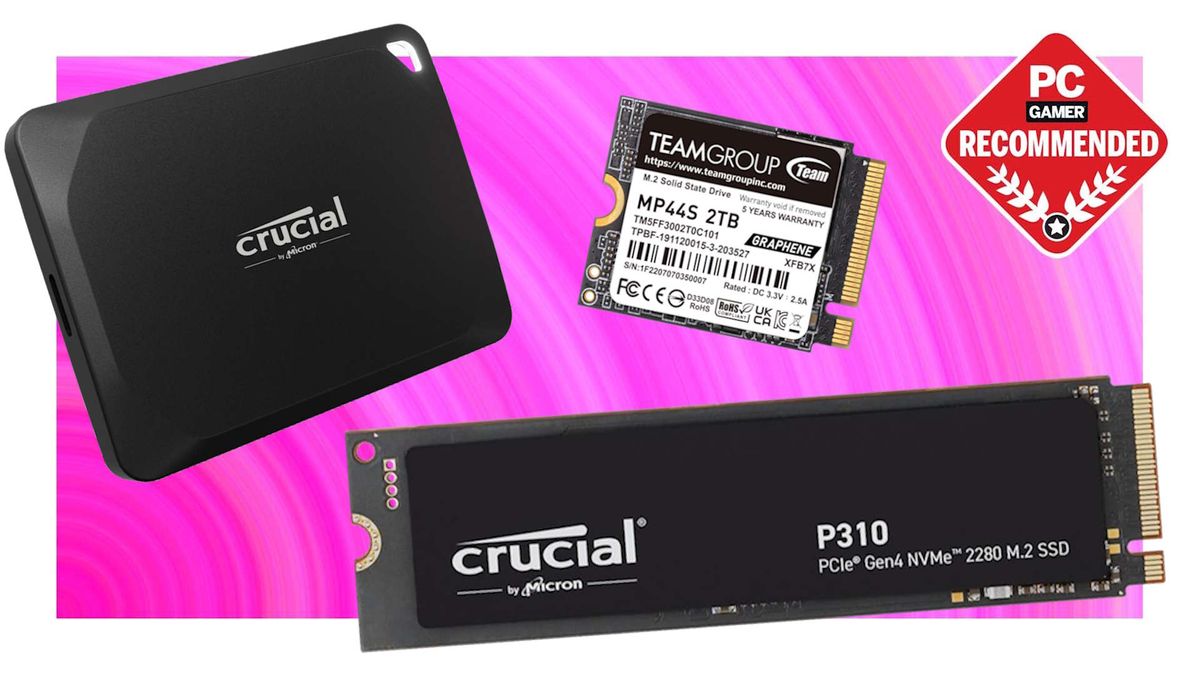
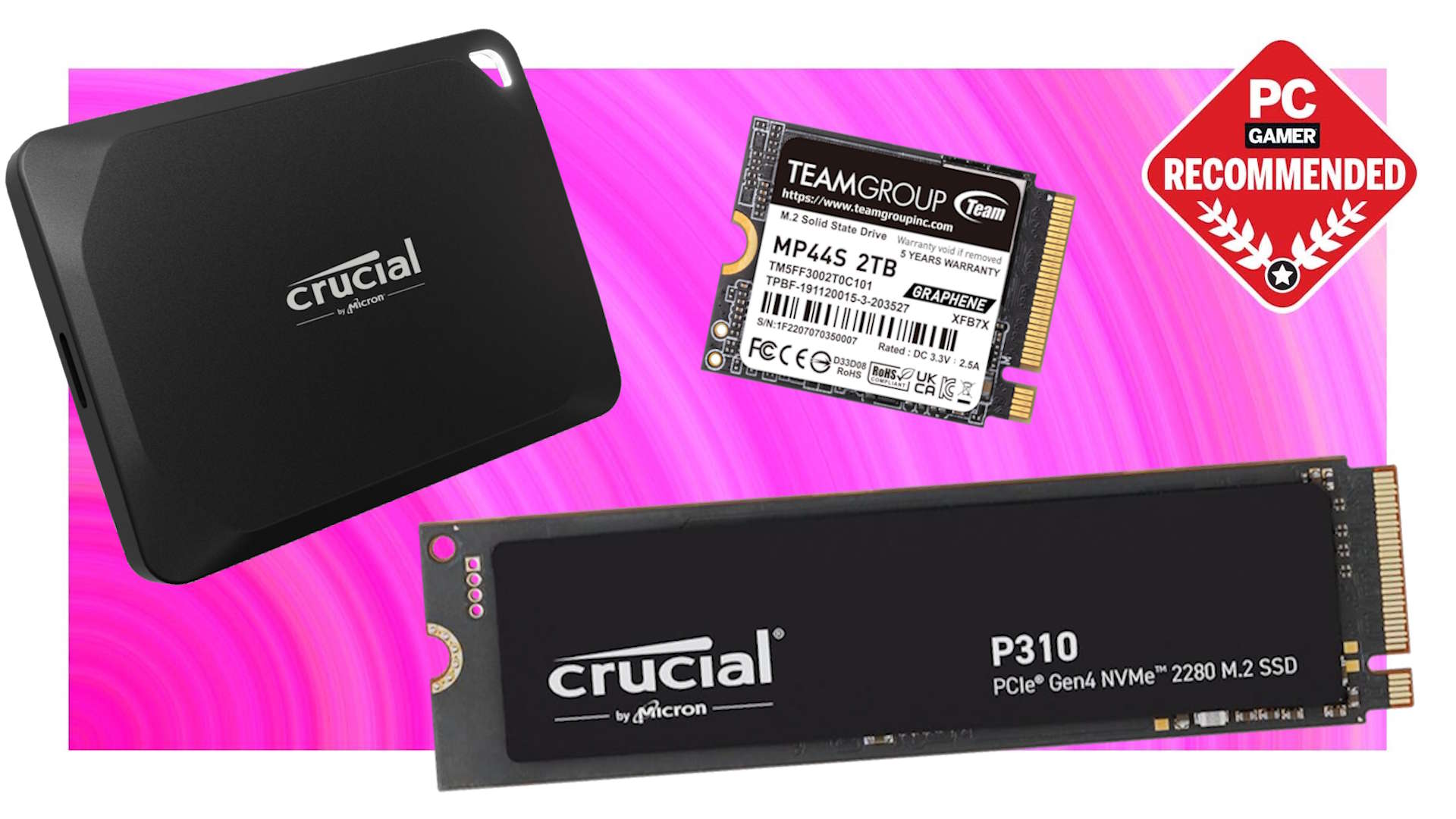
© Future